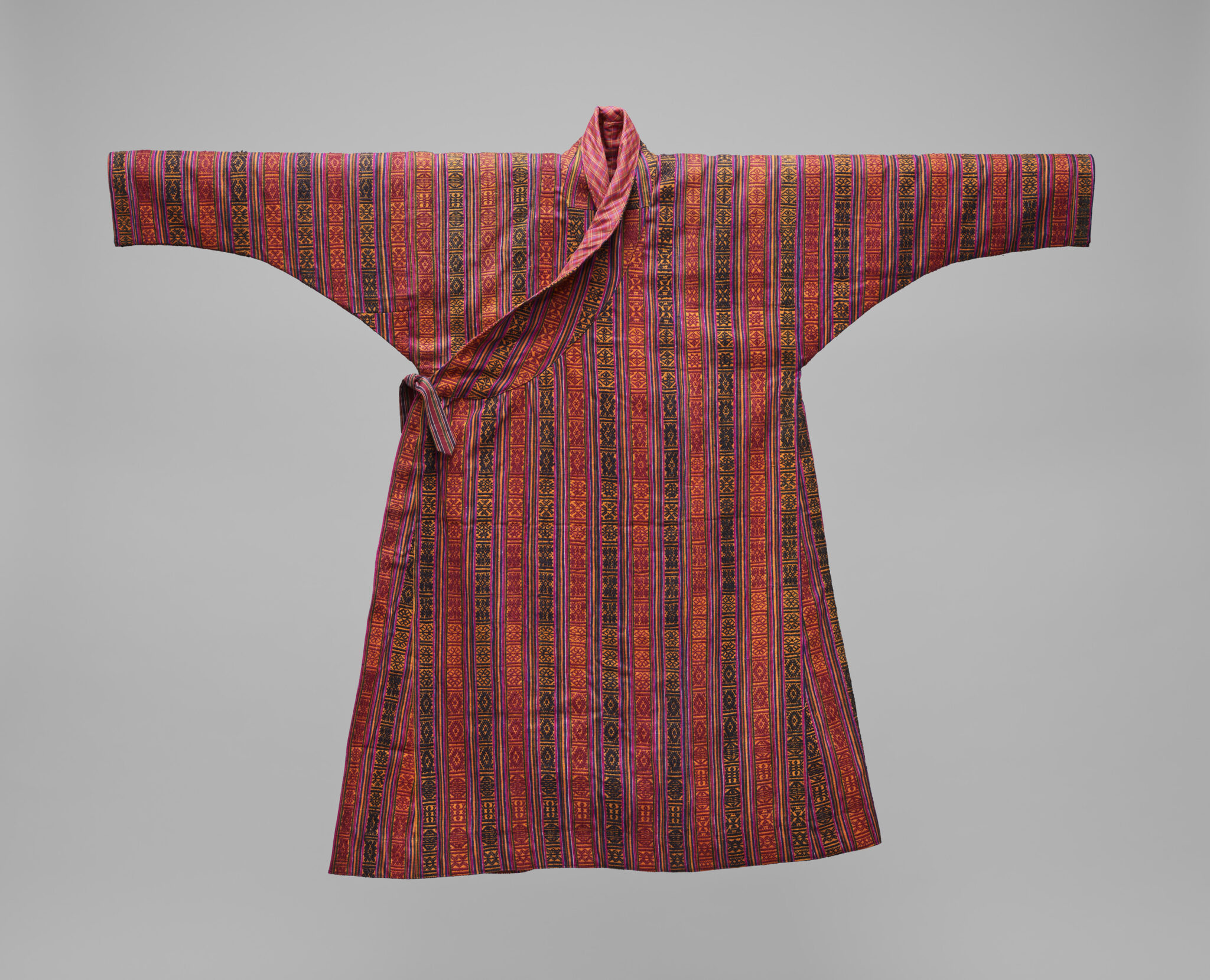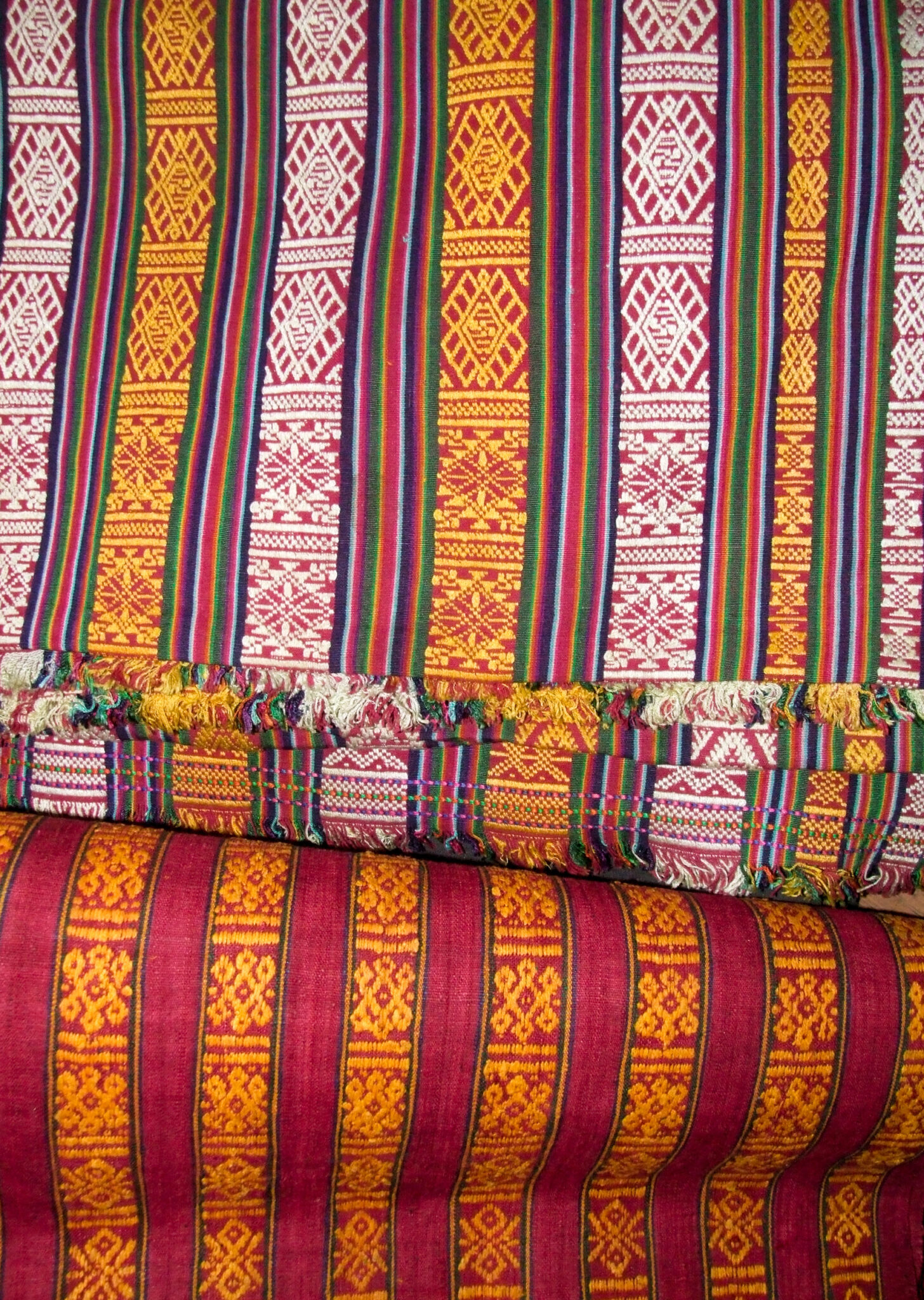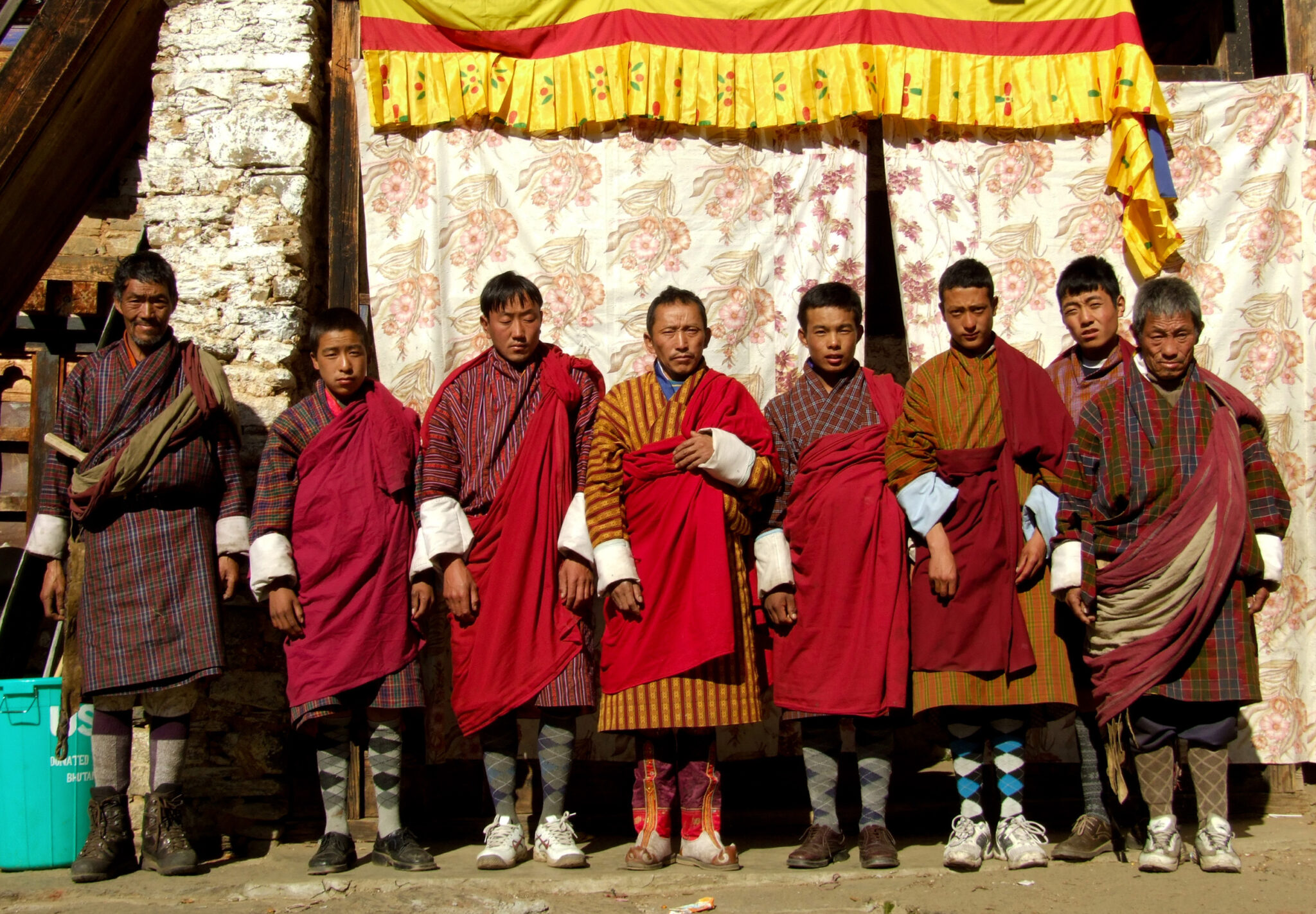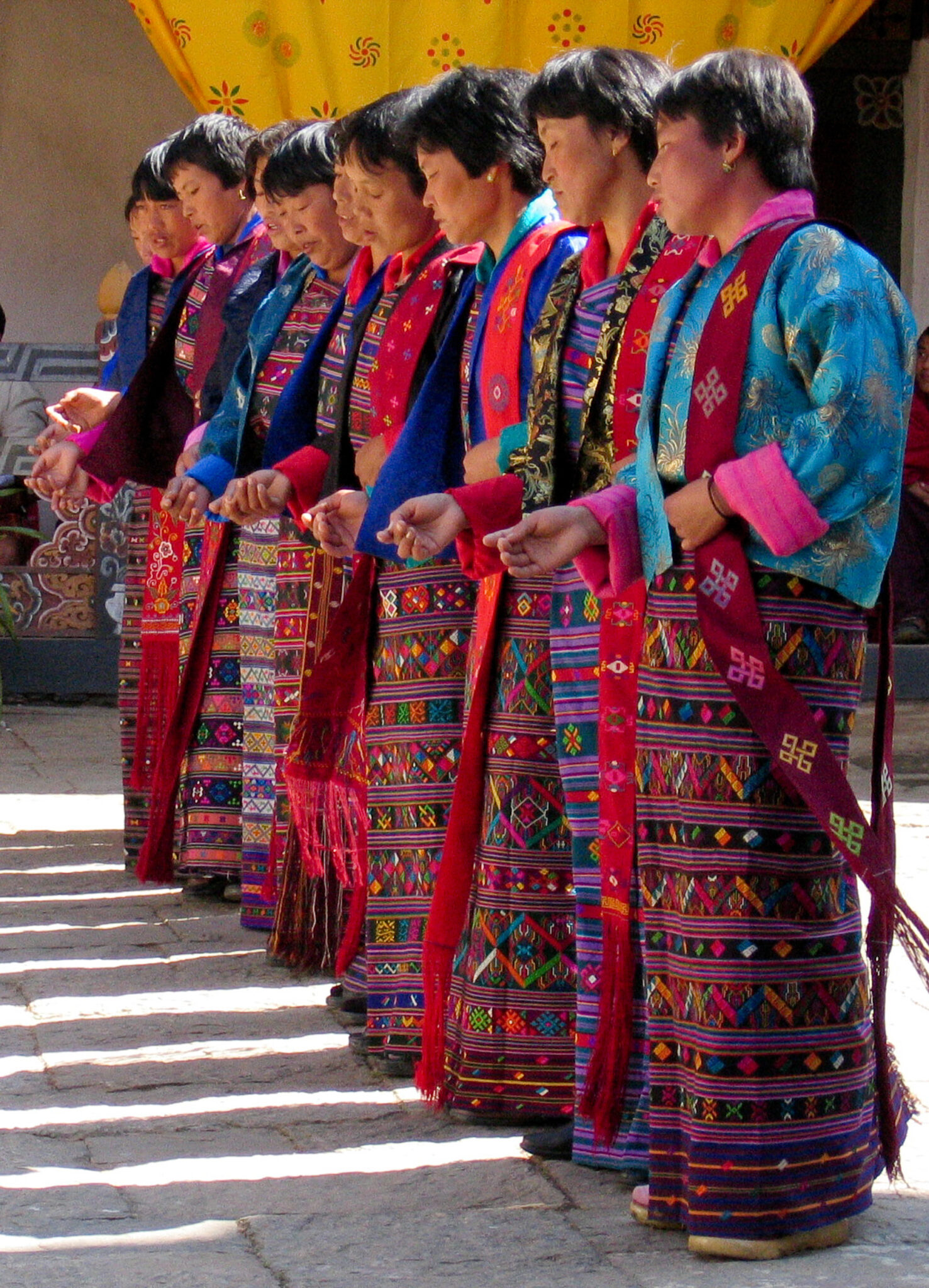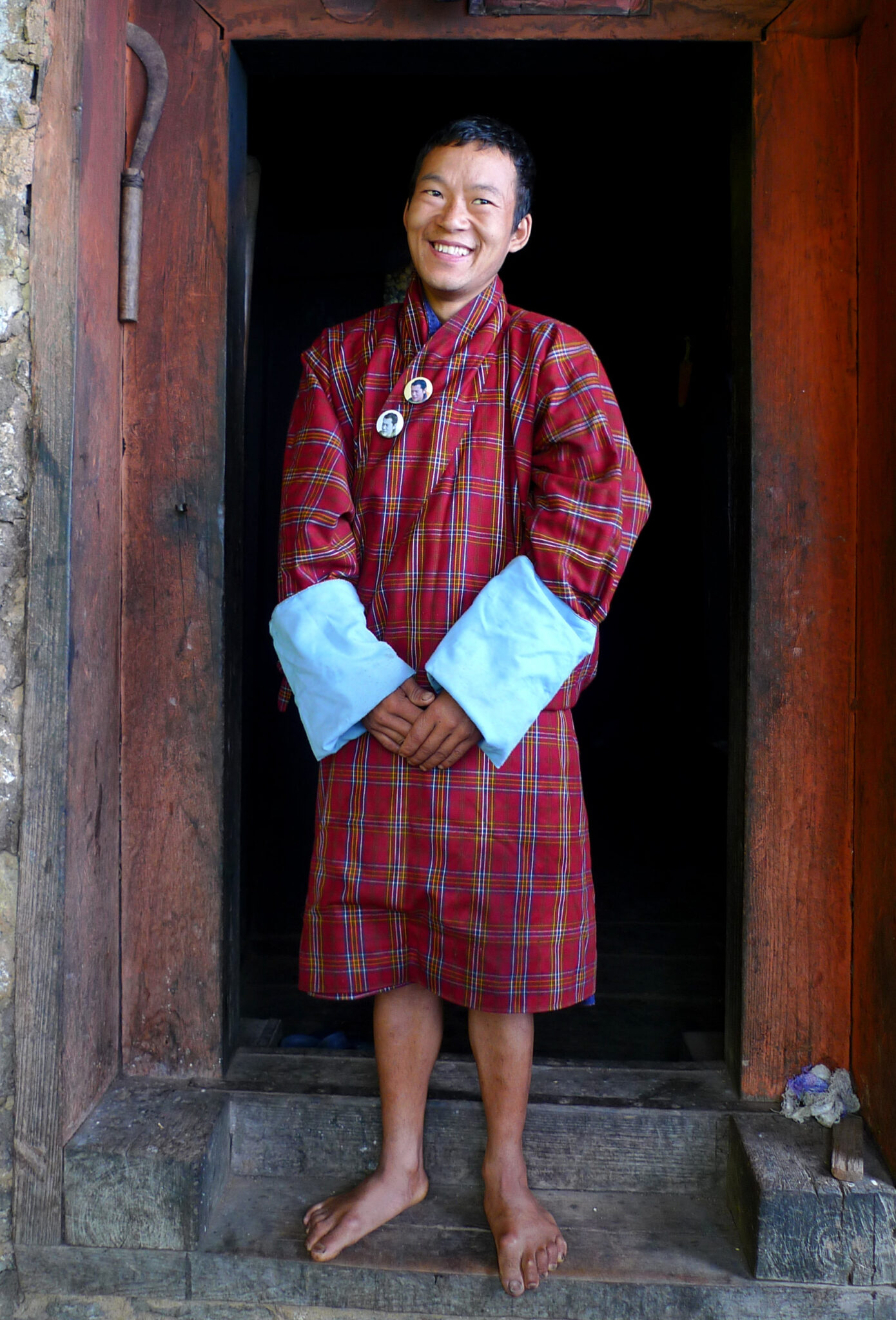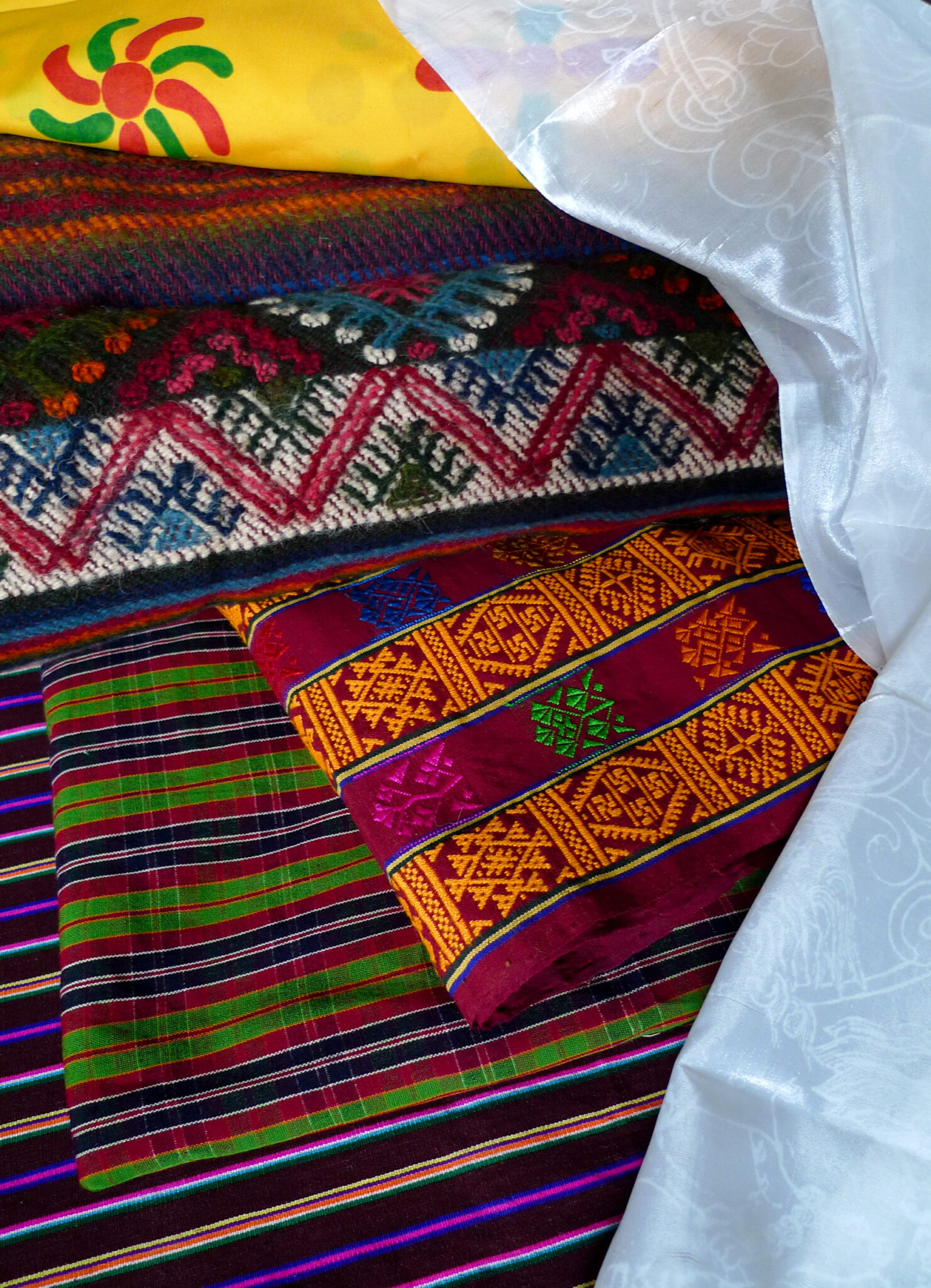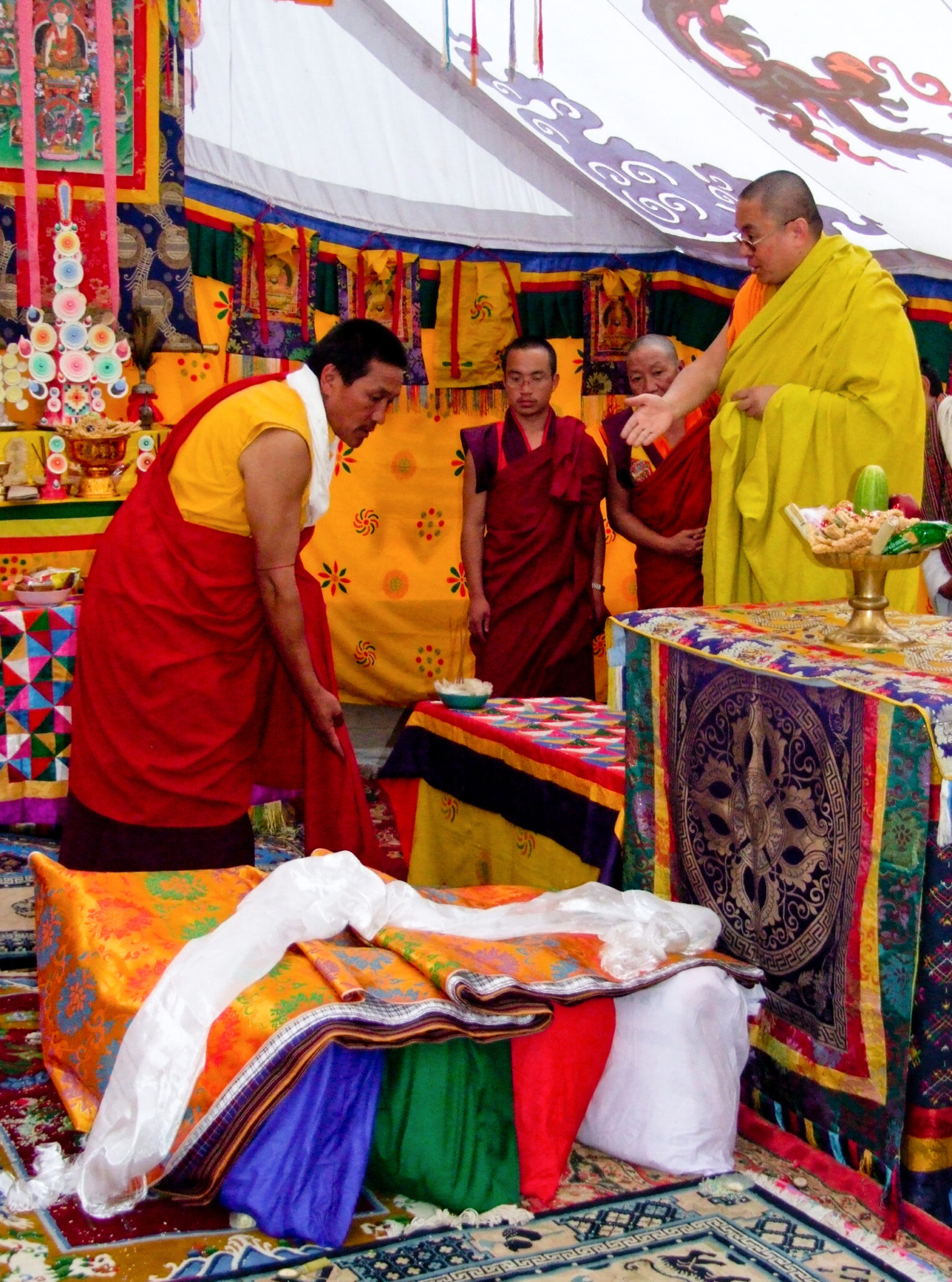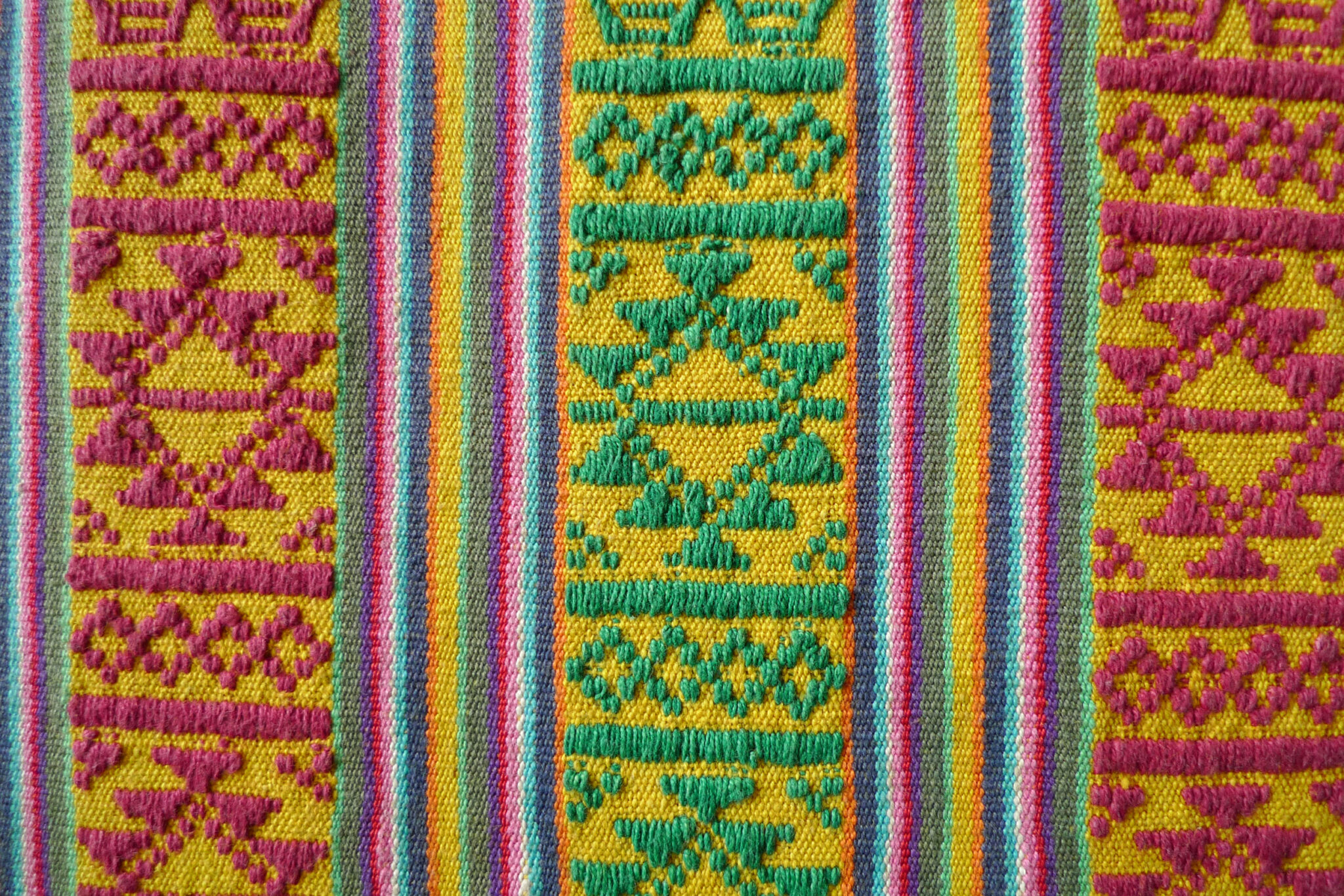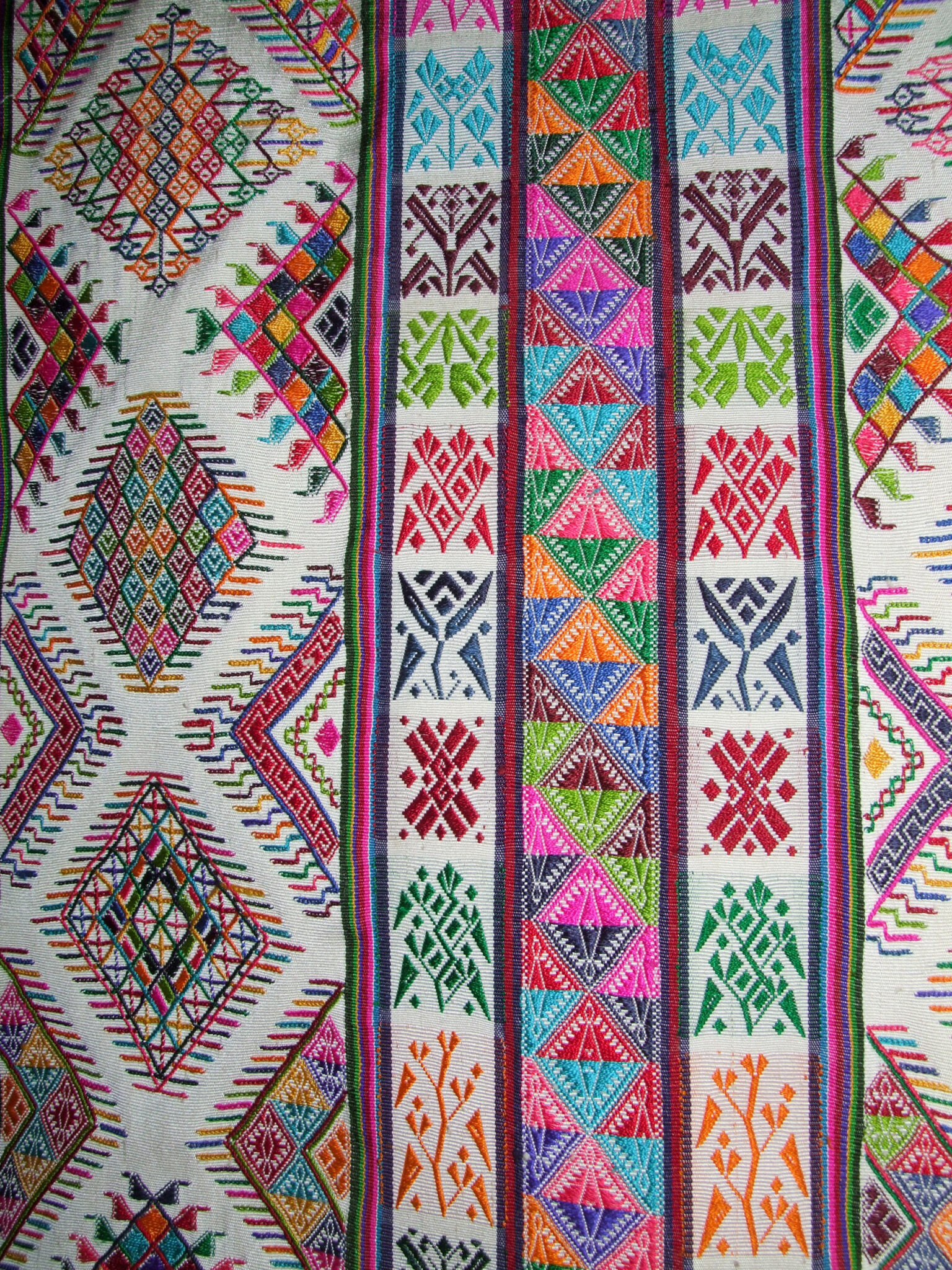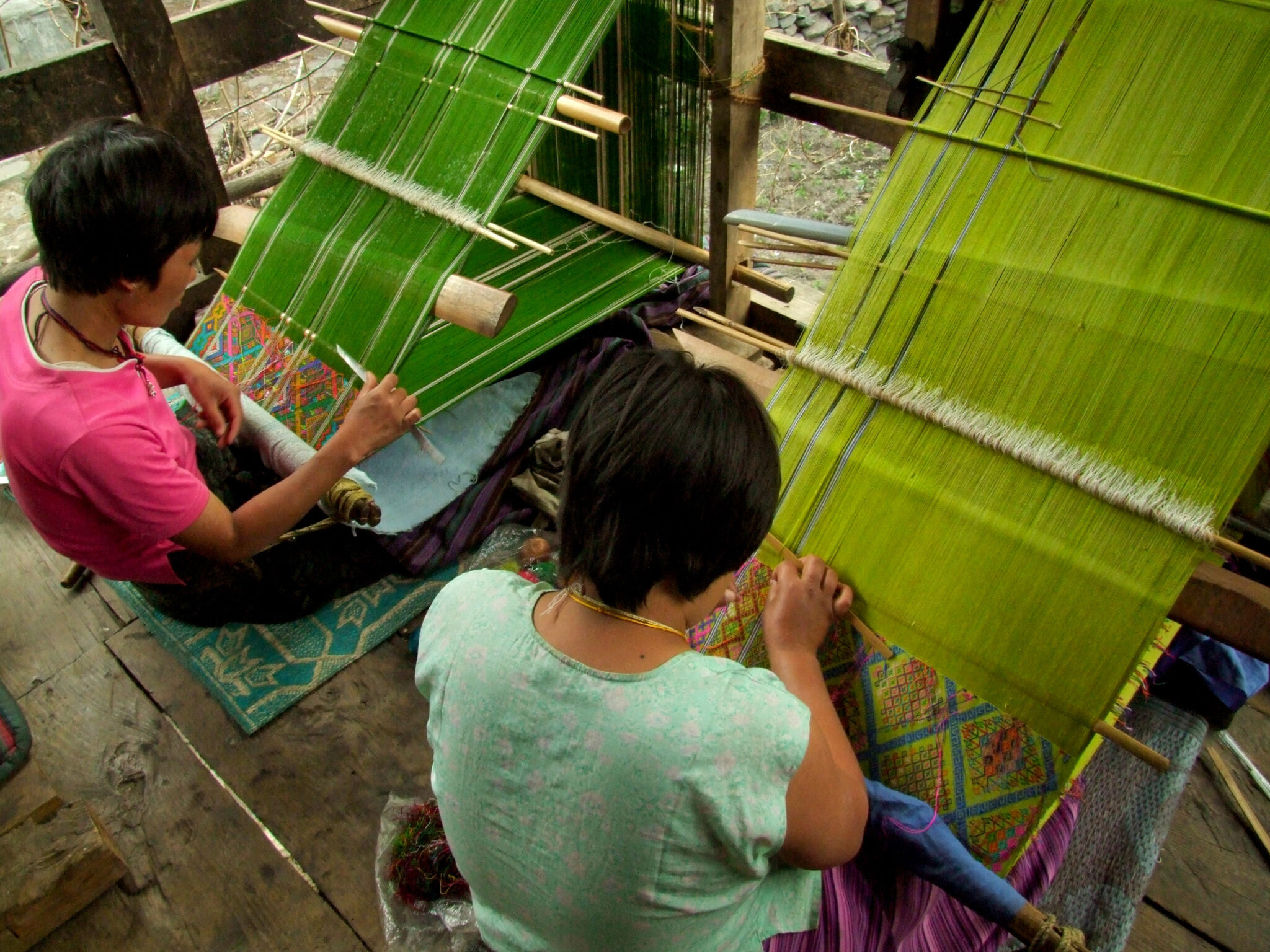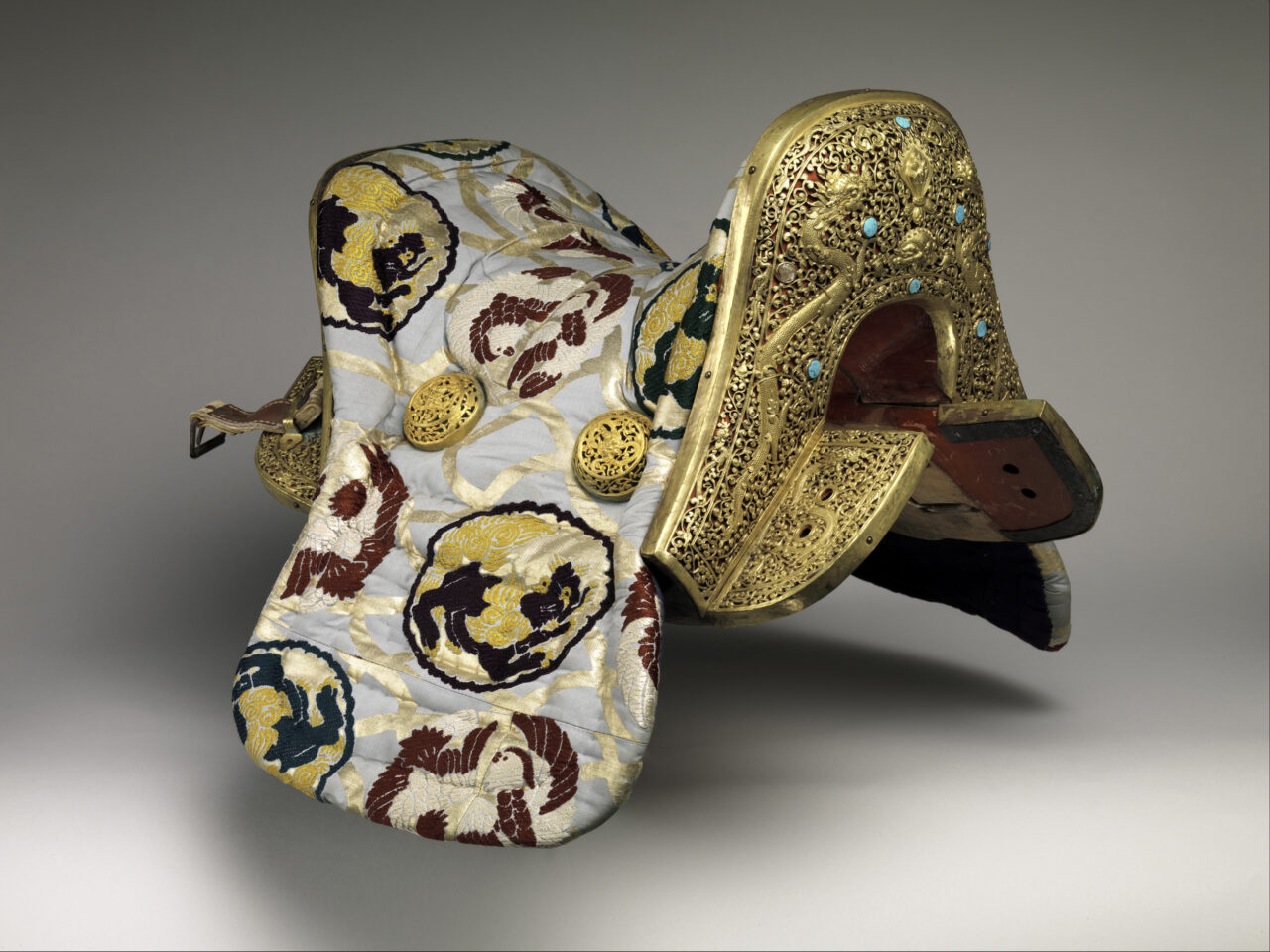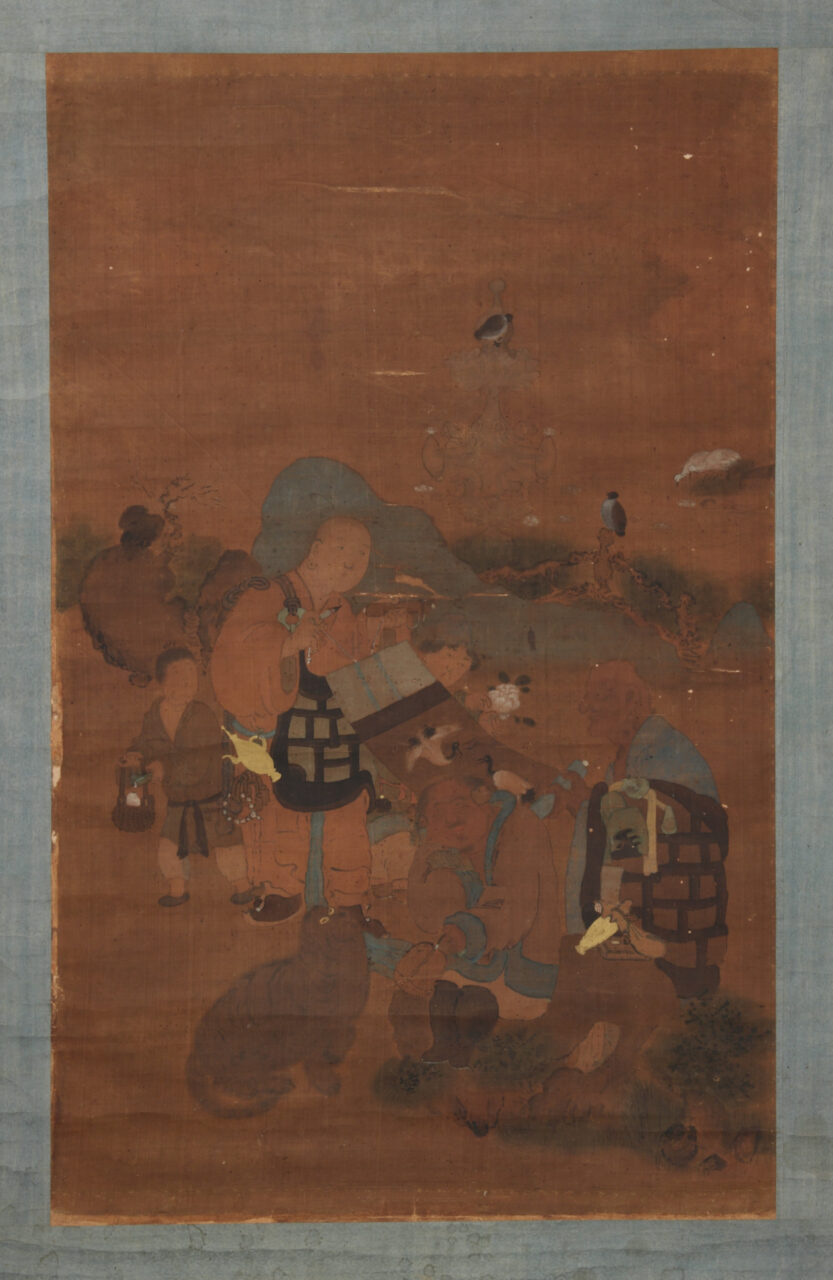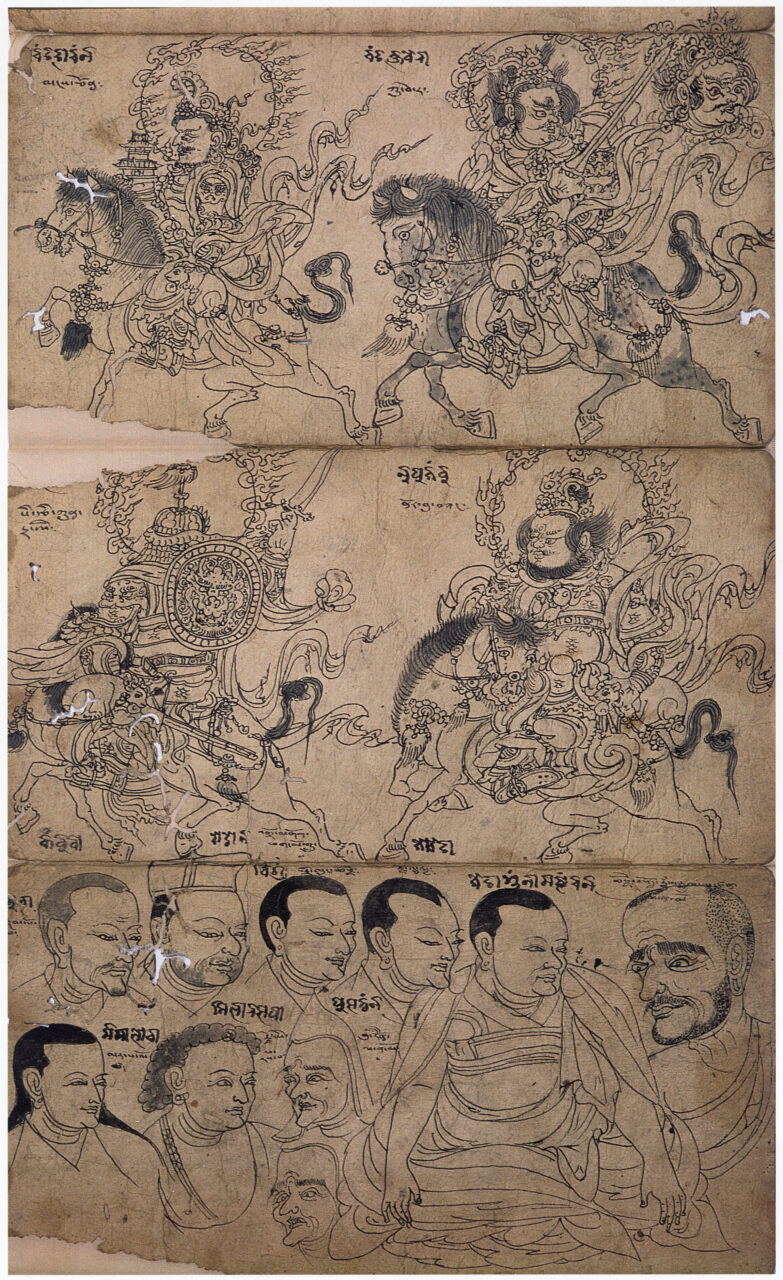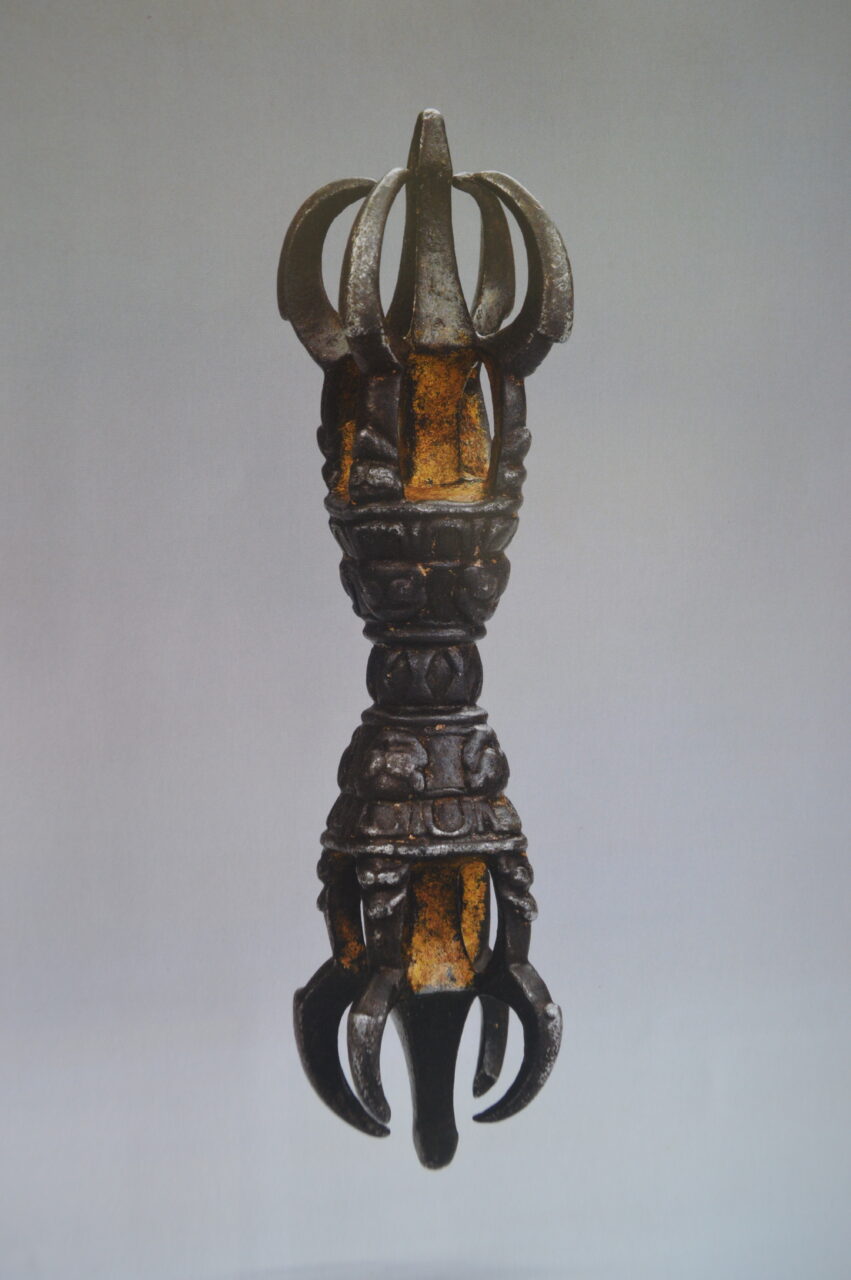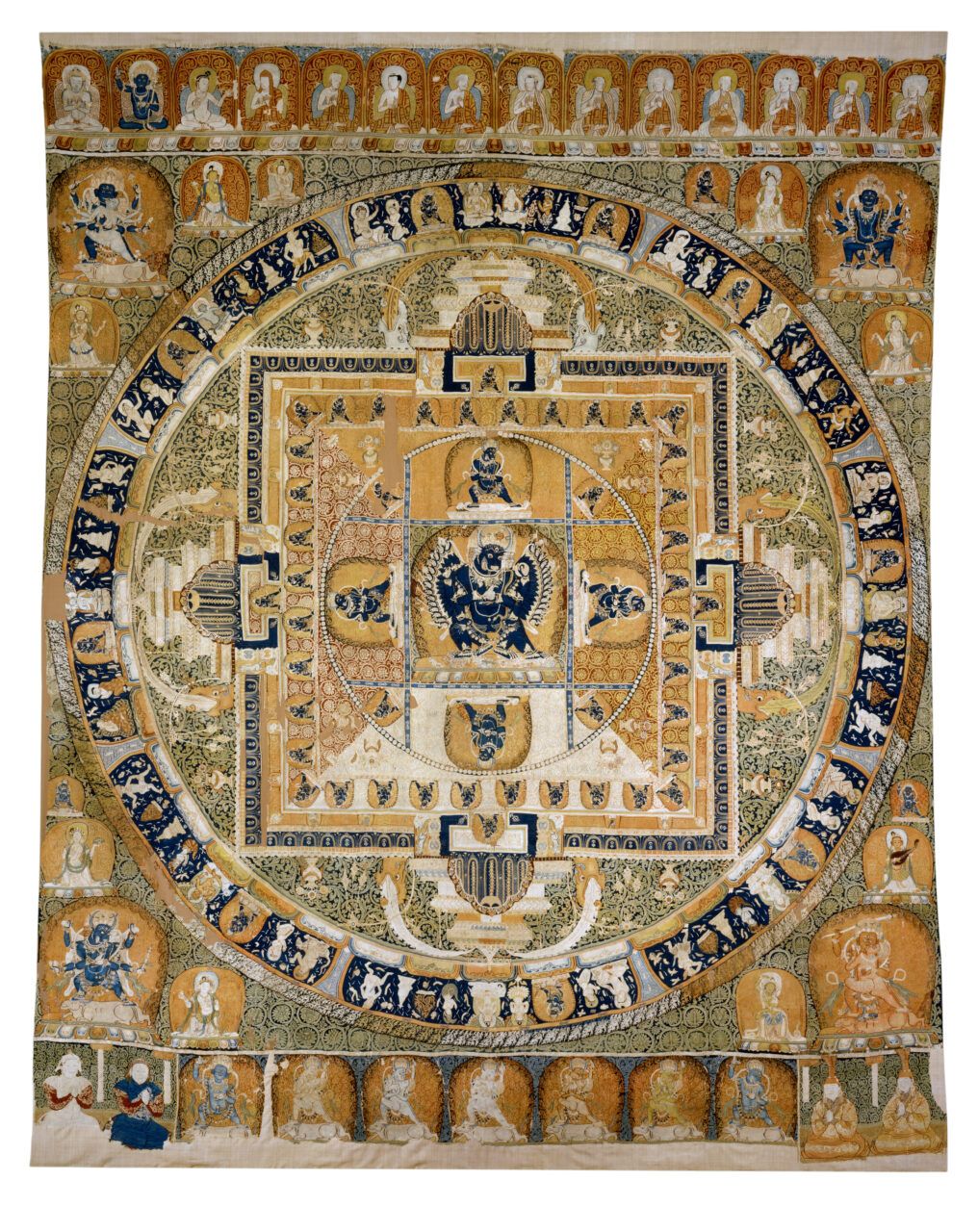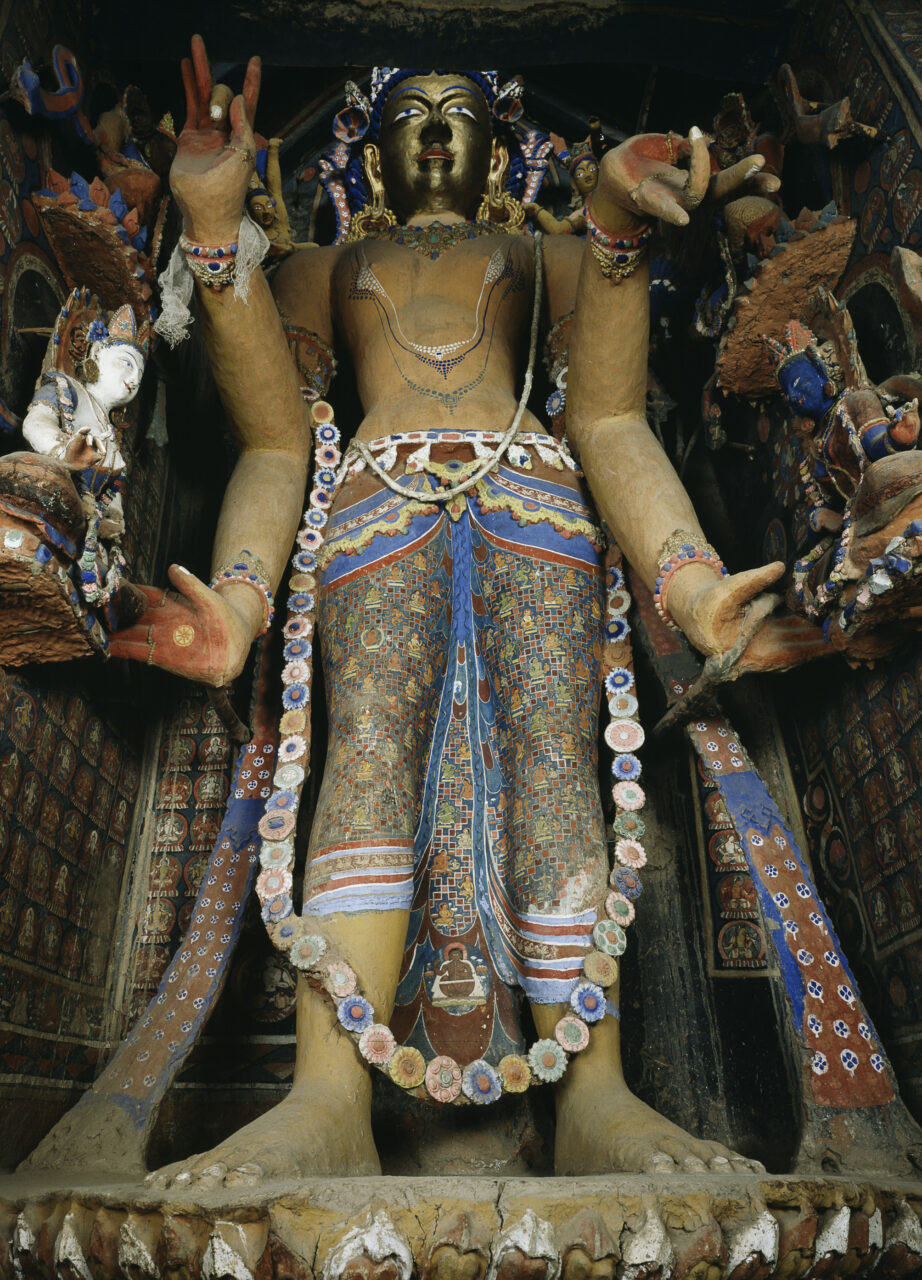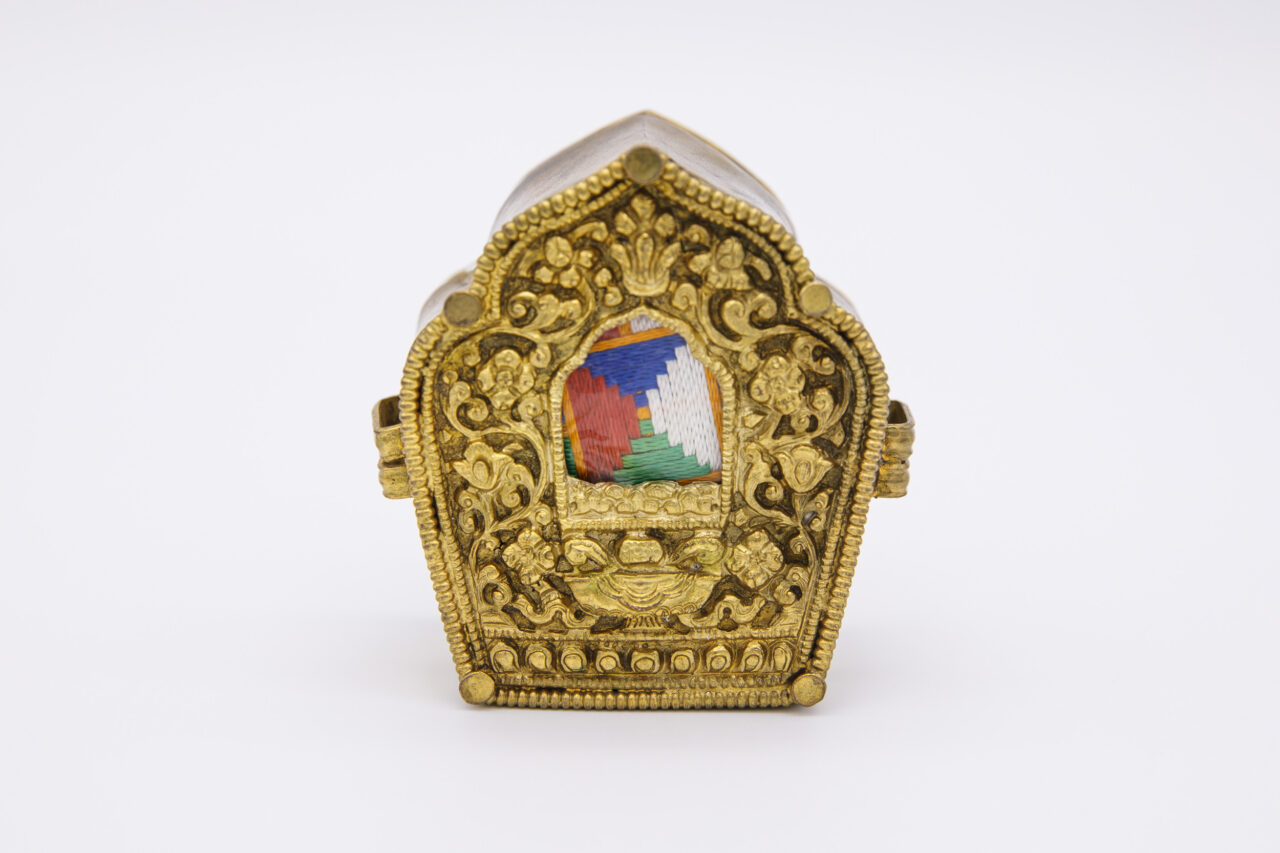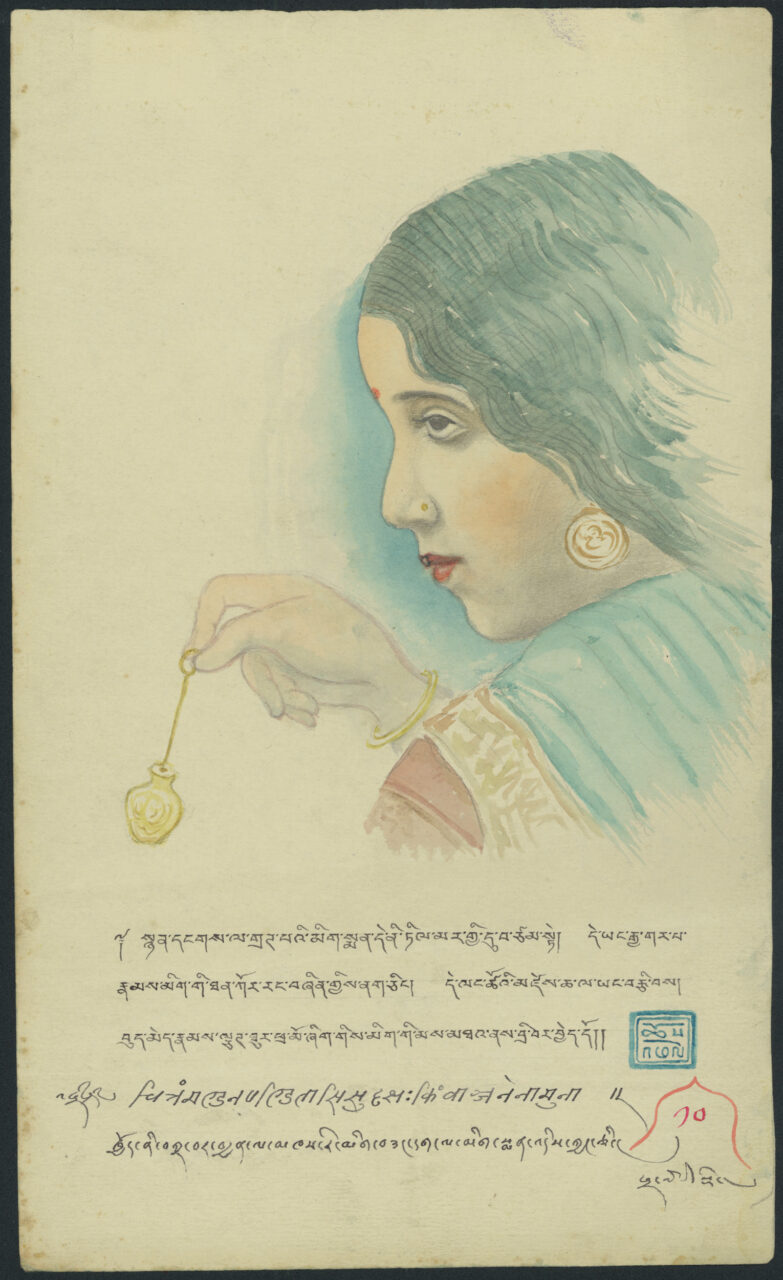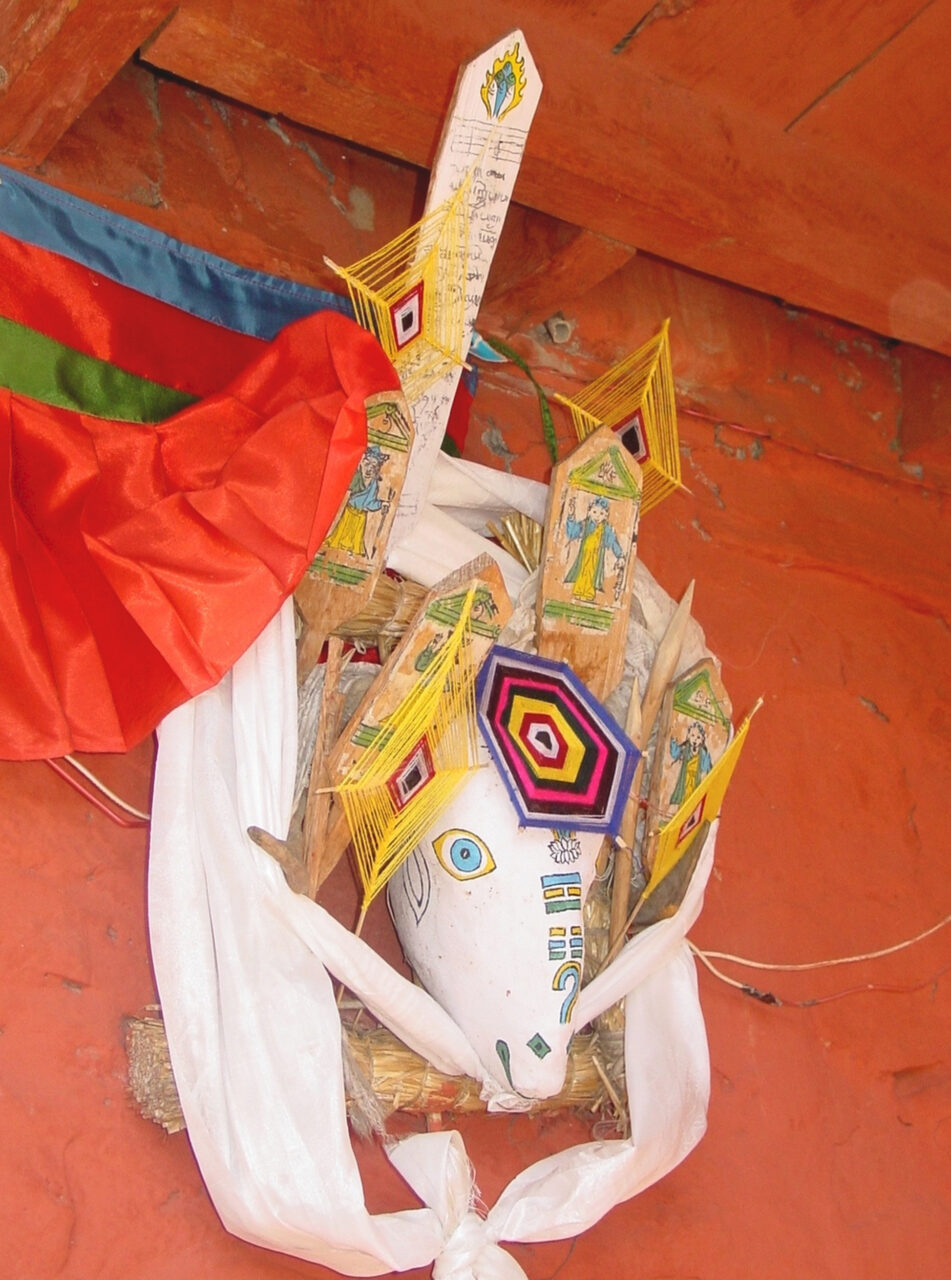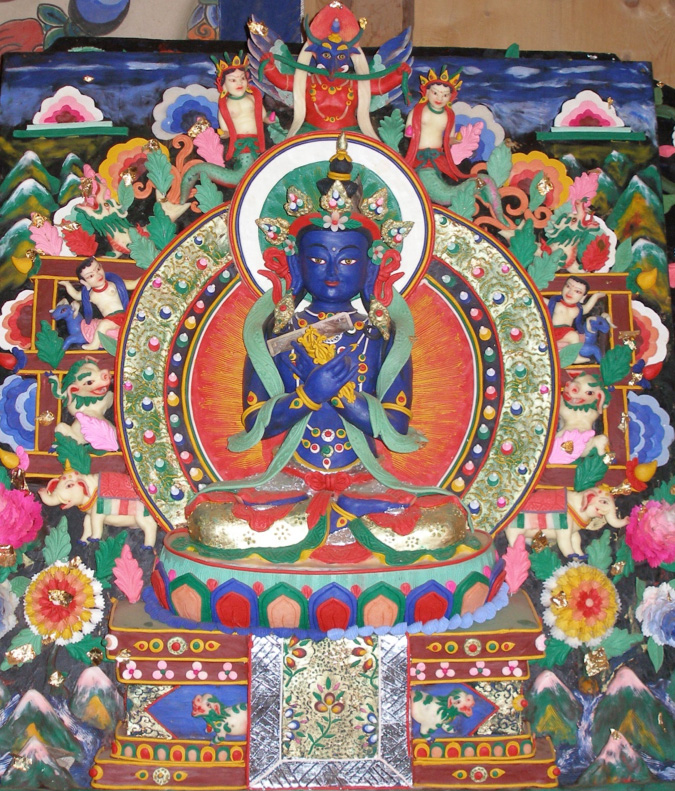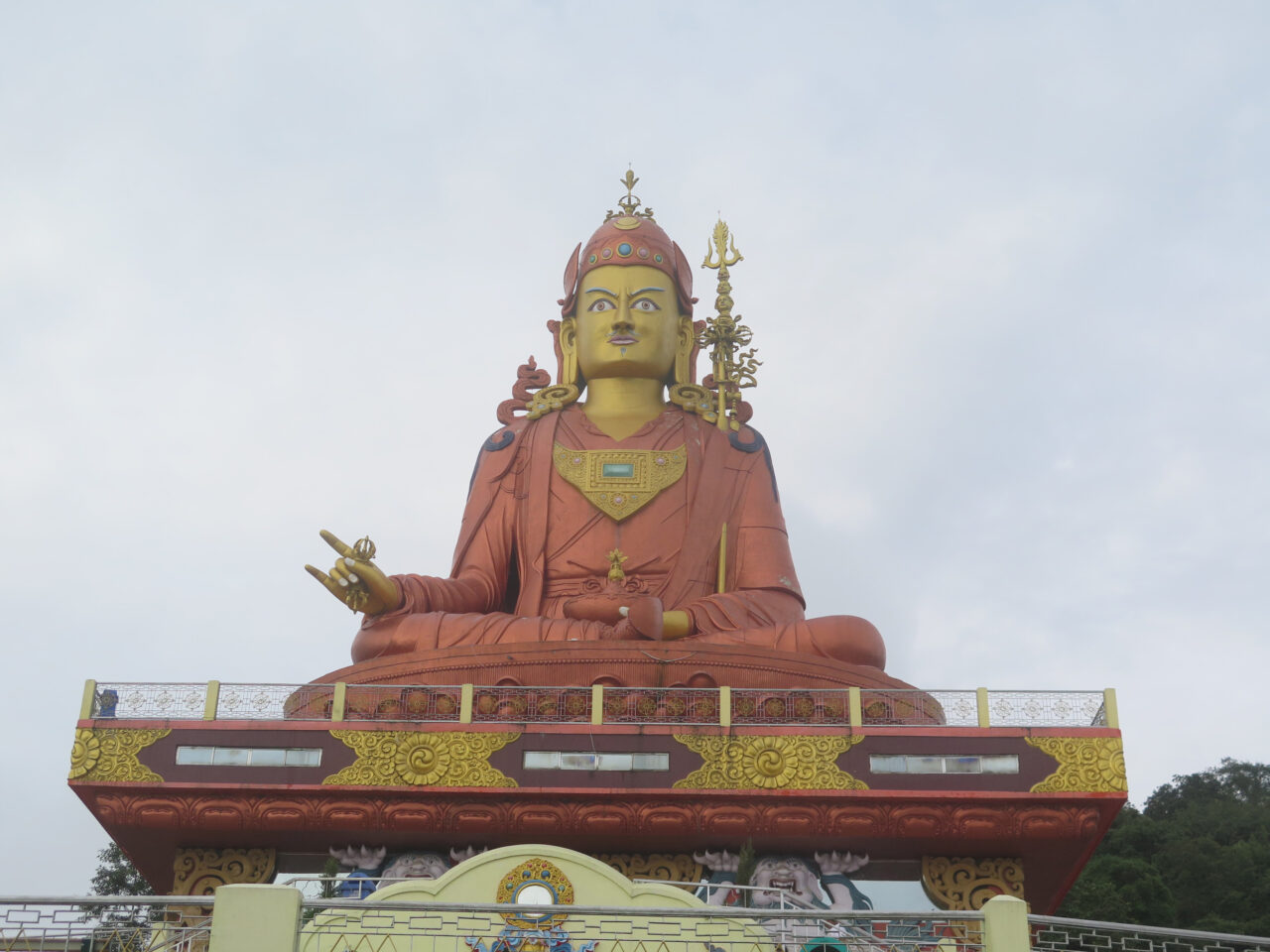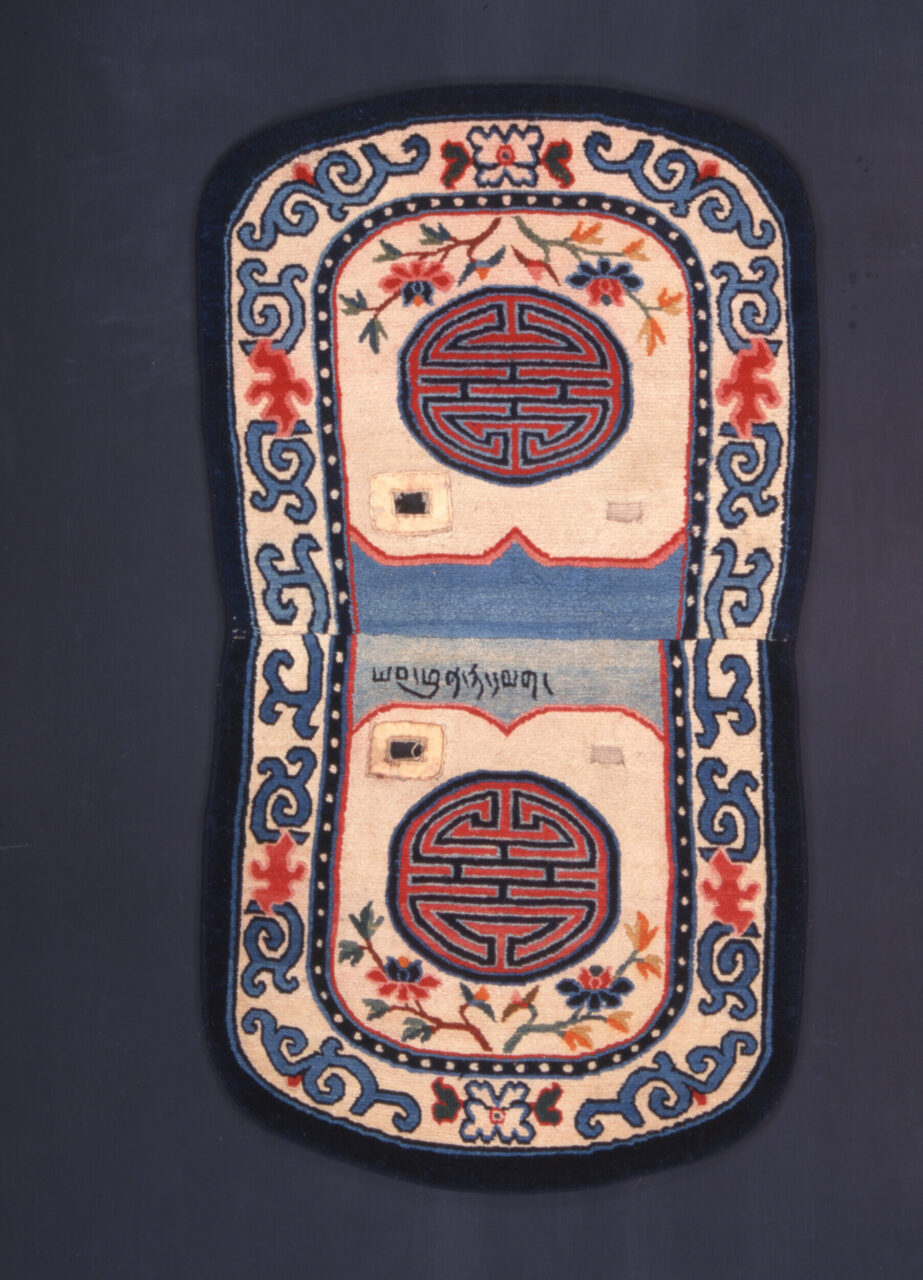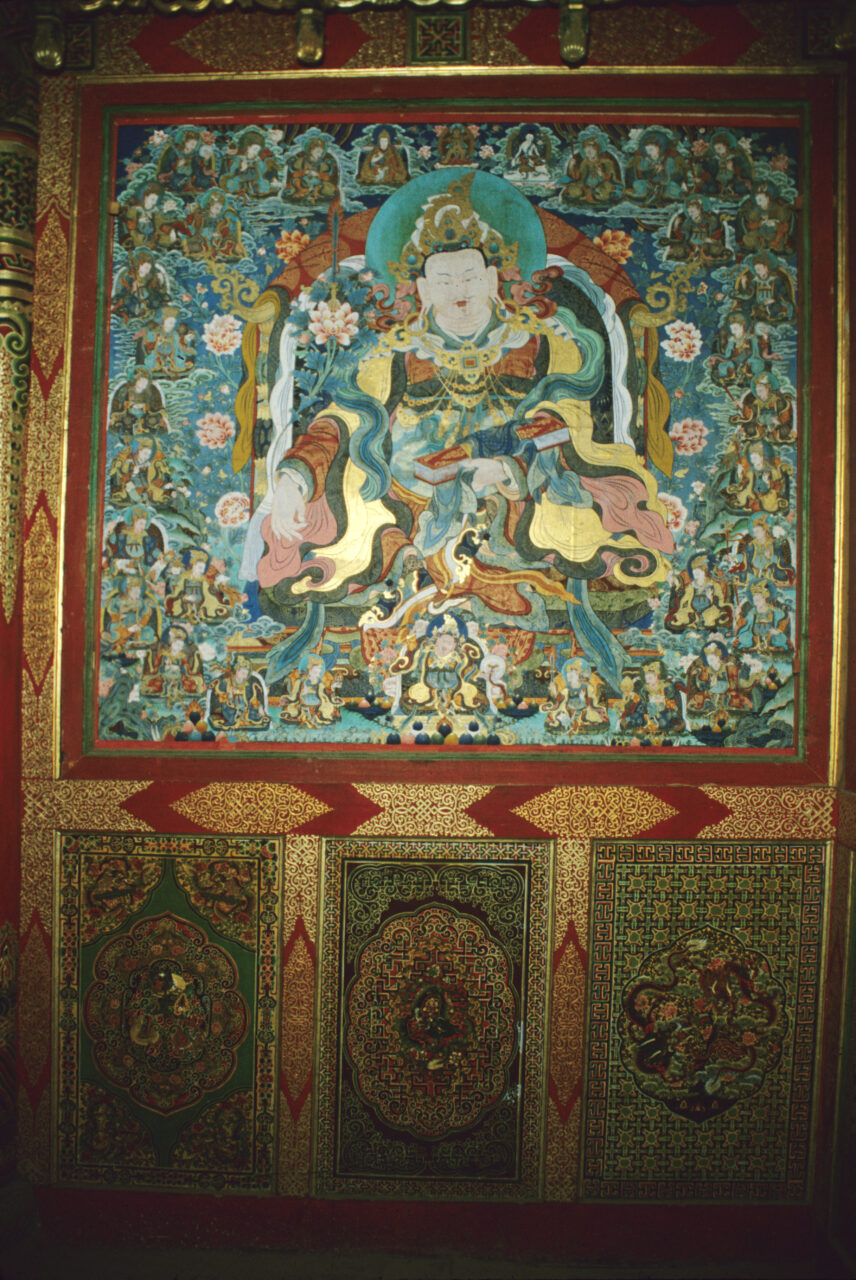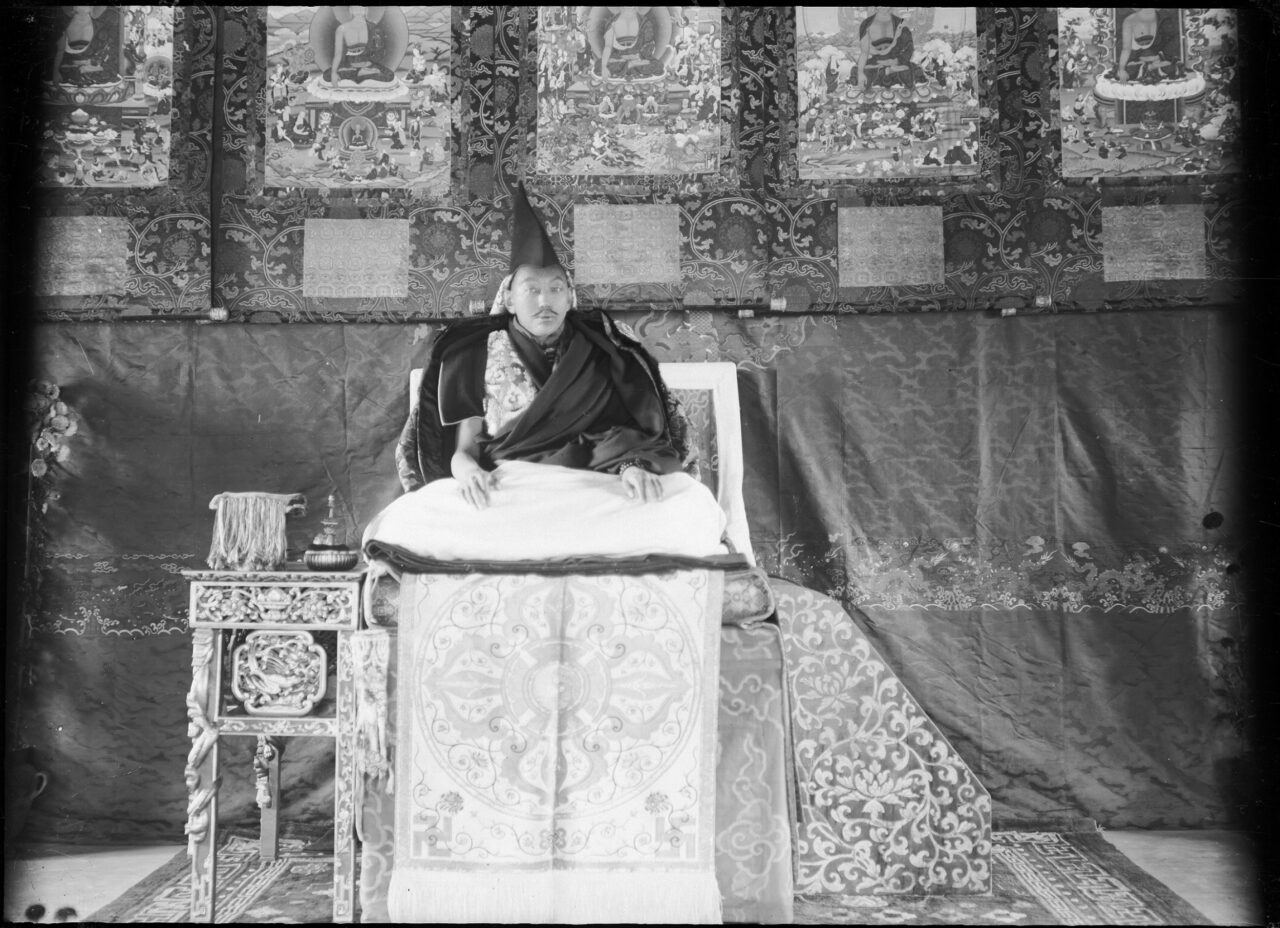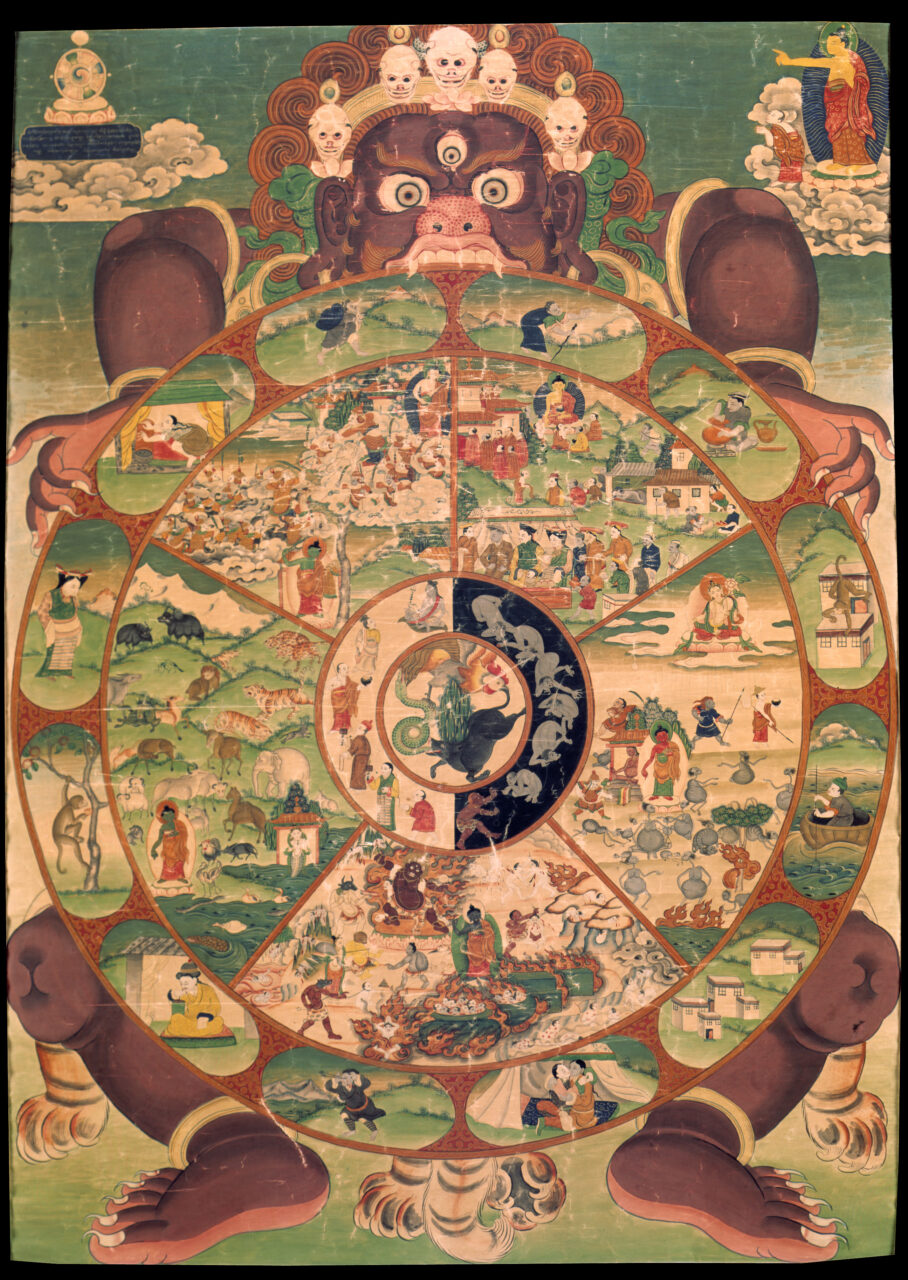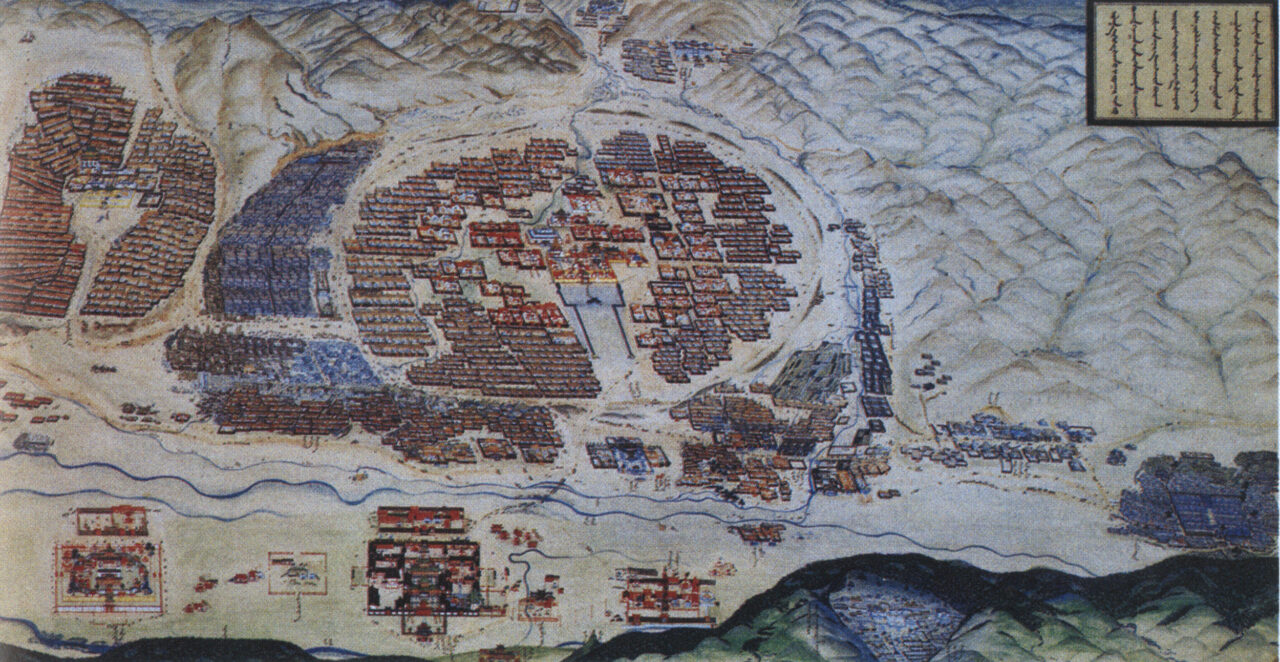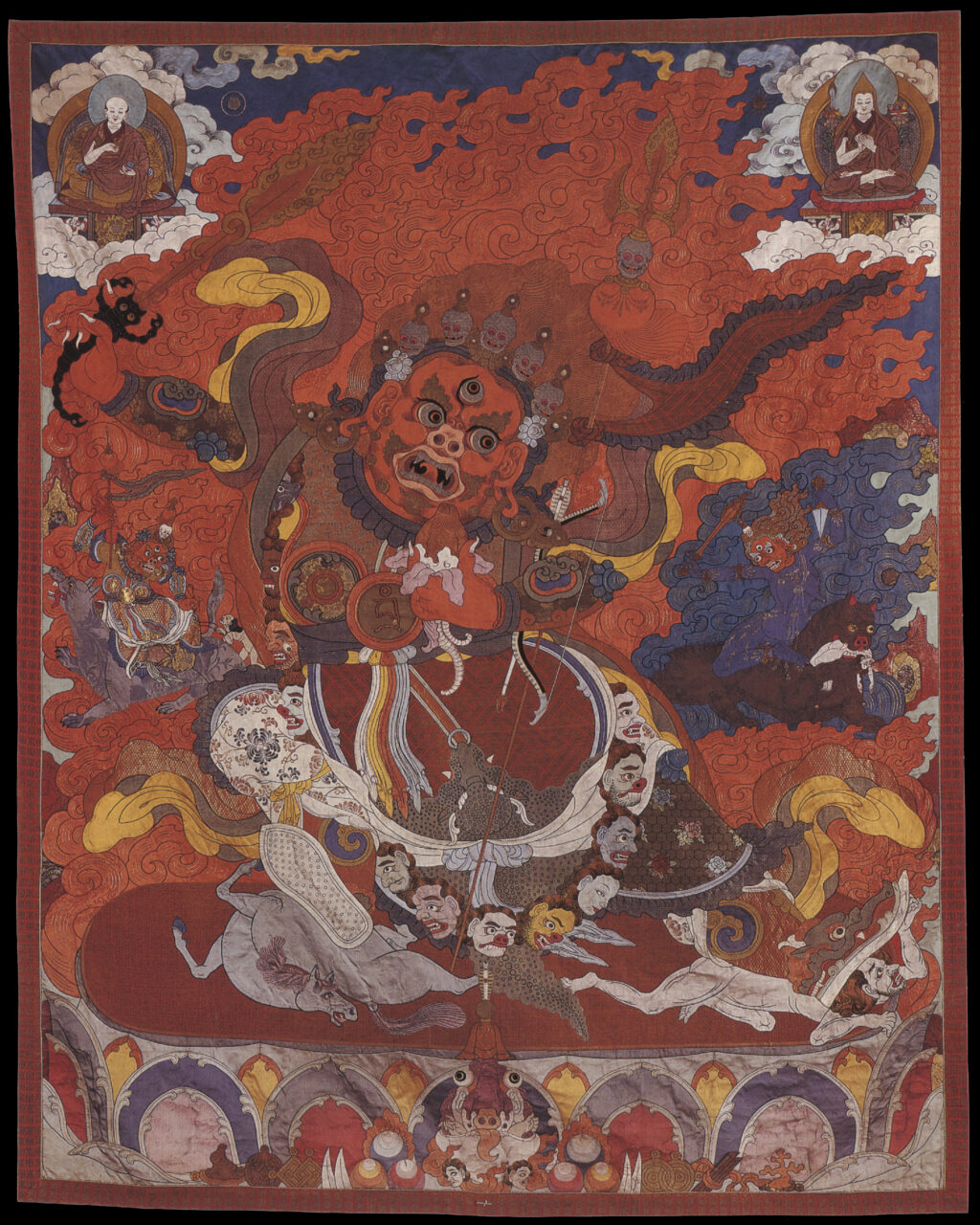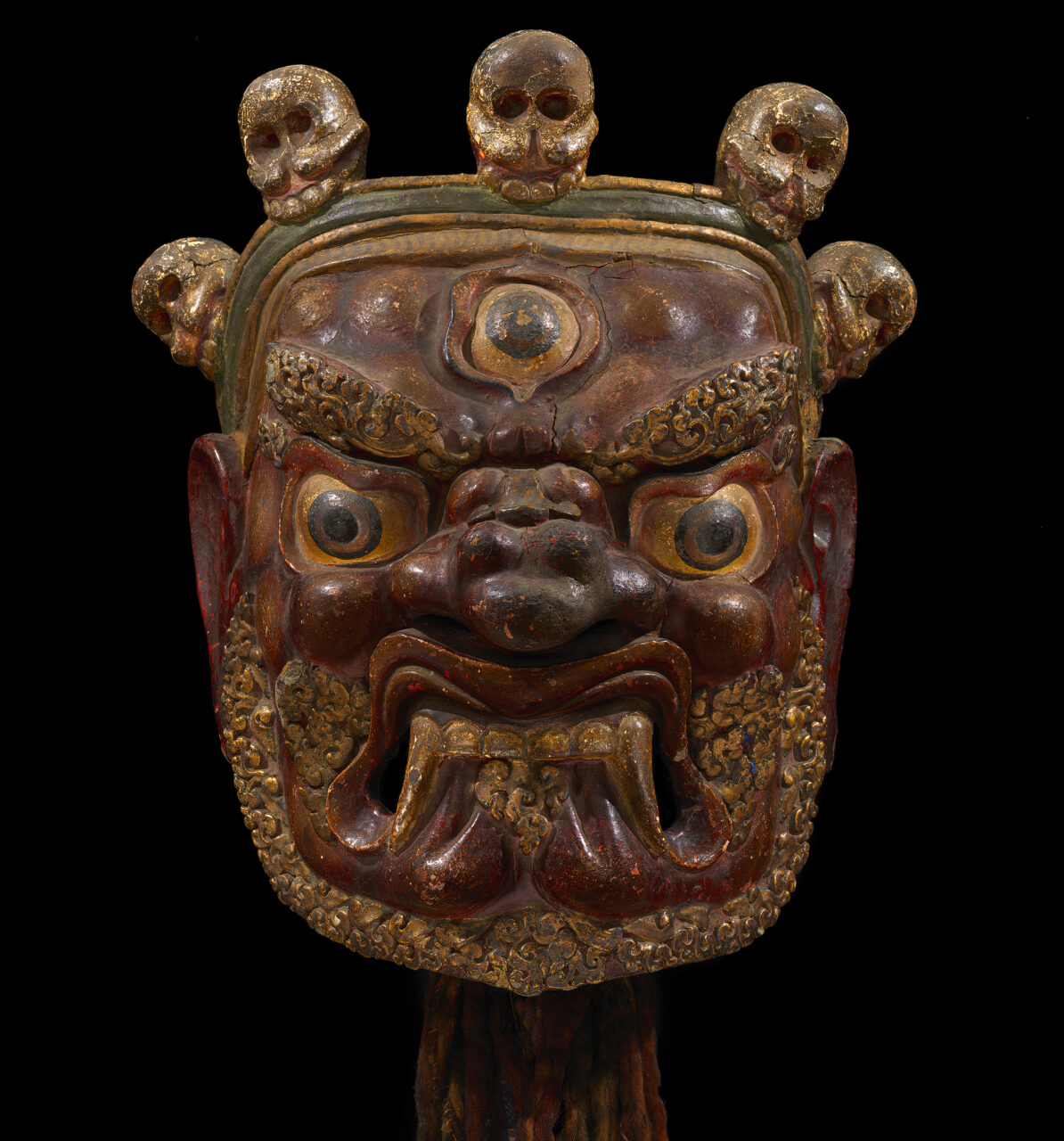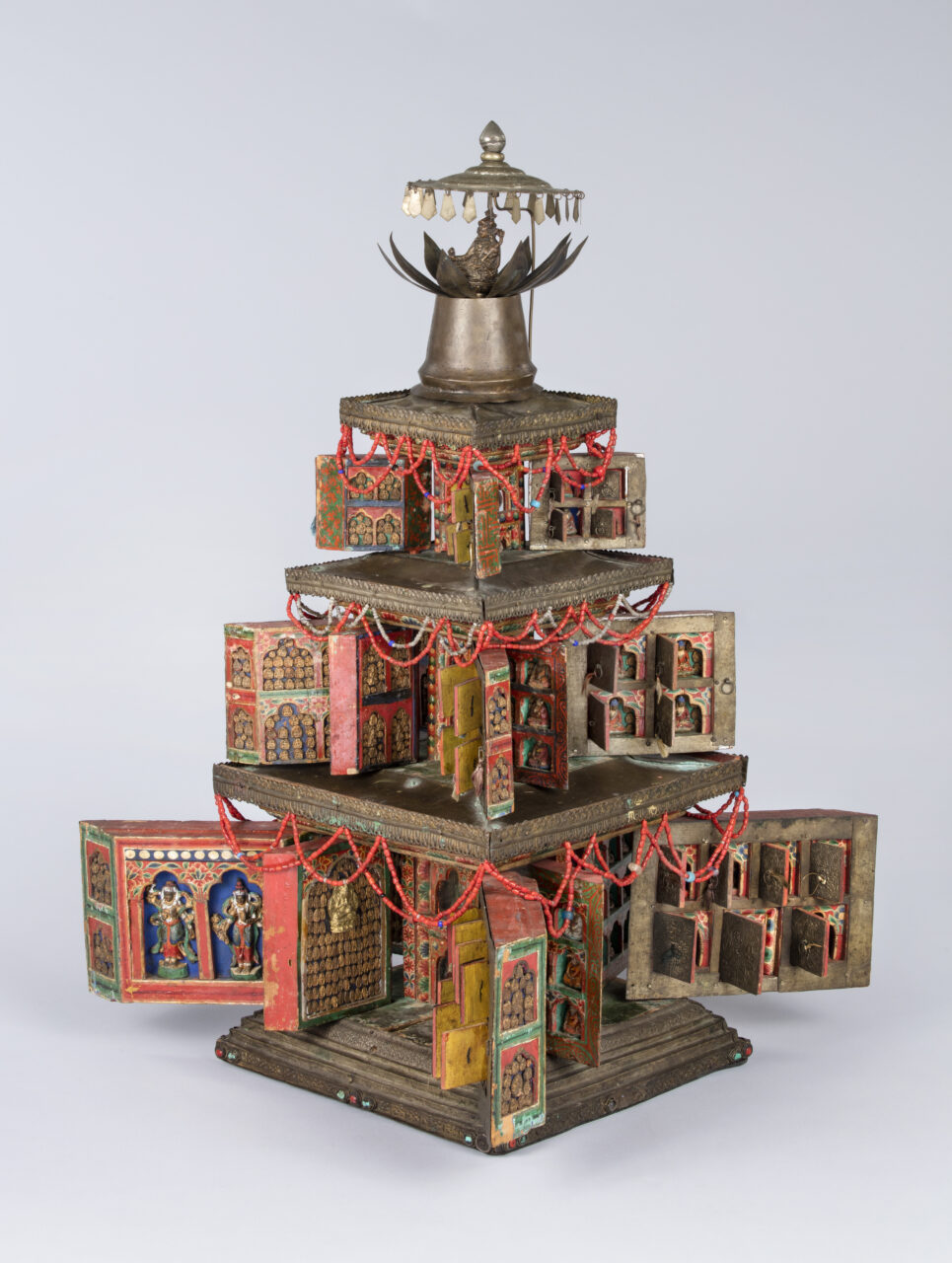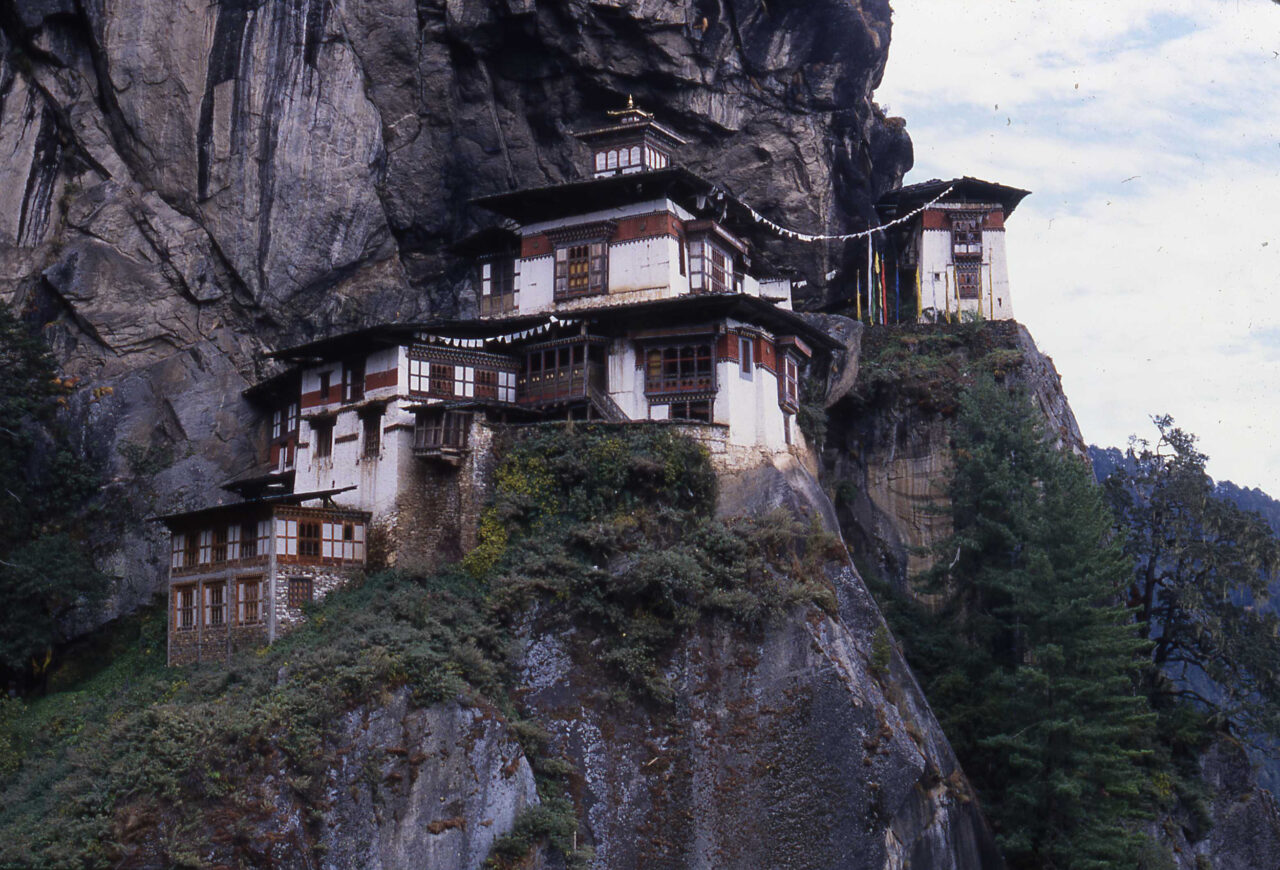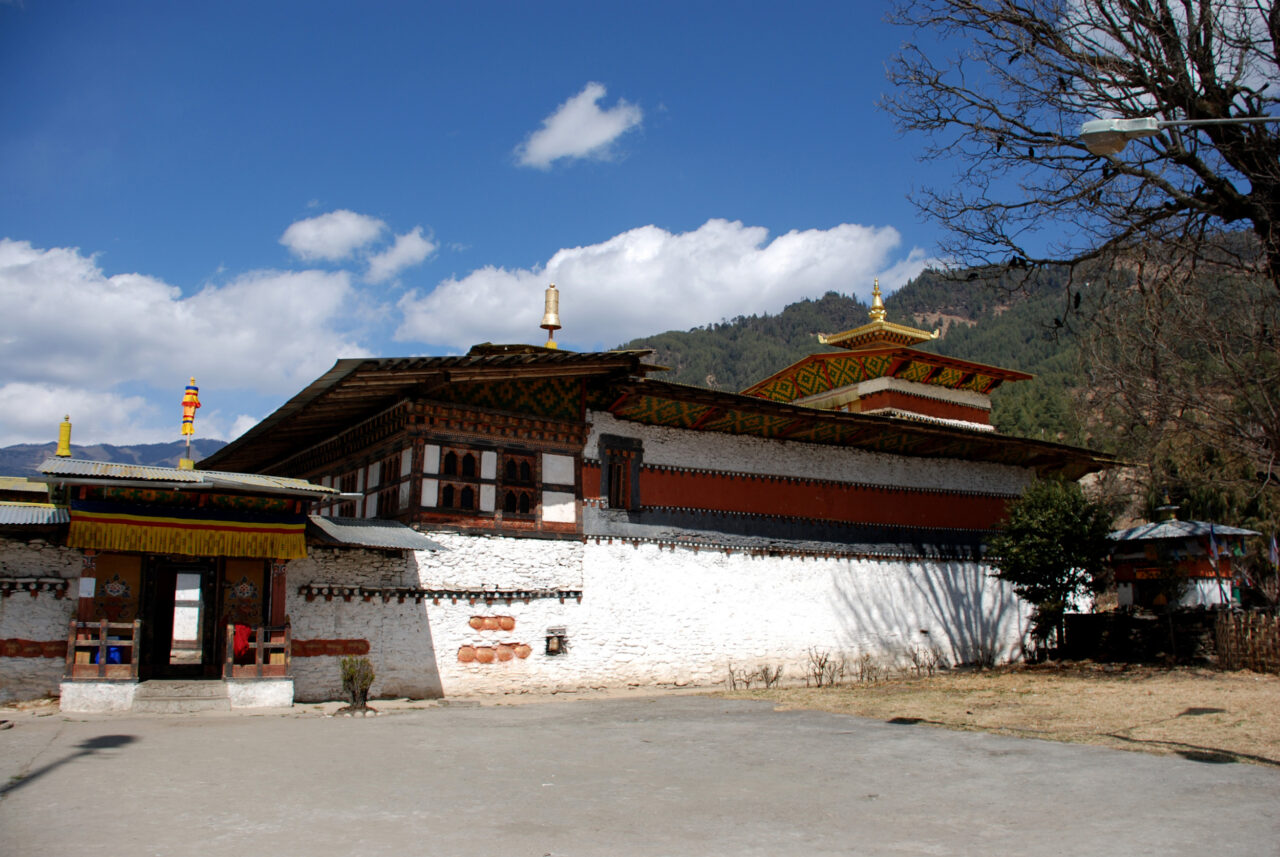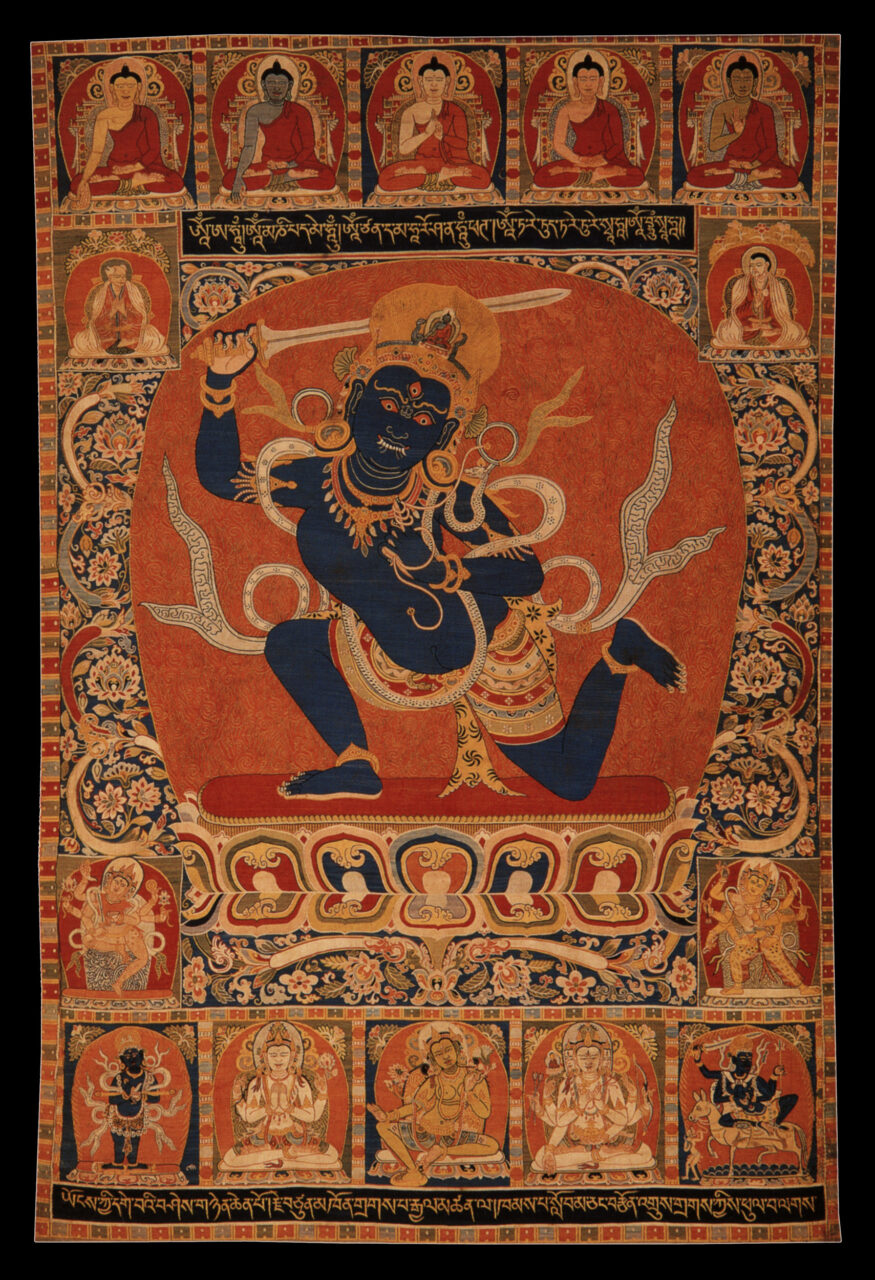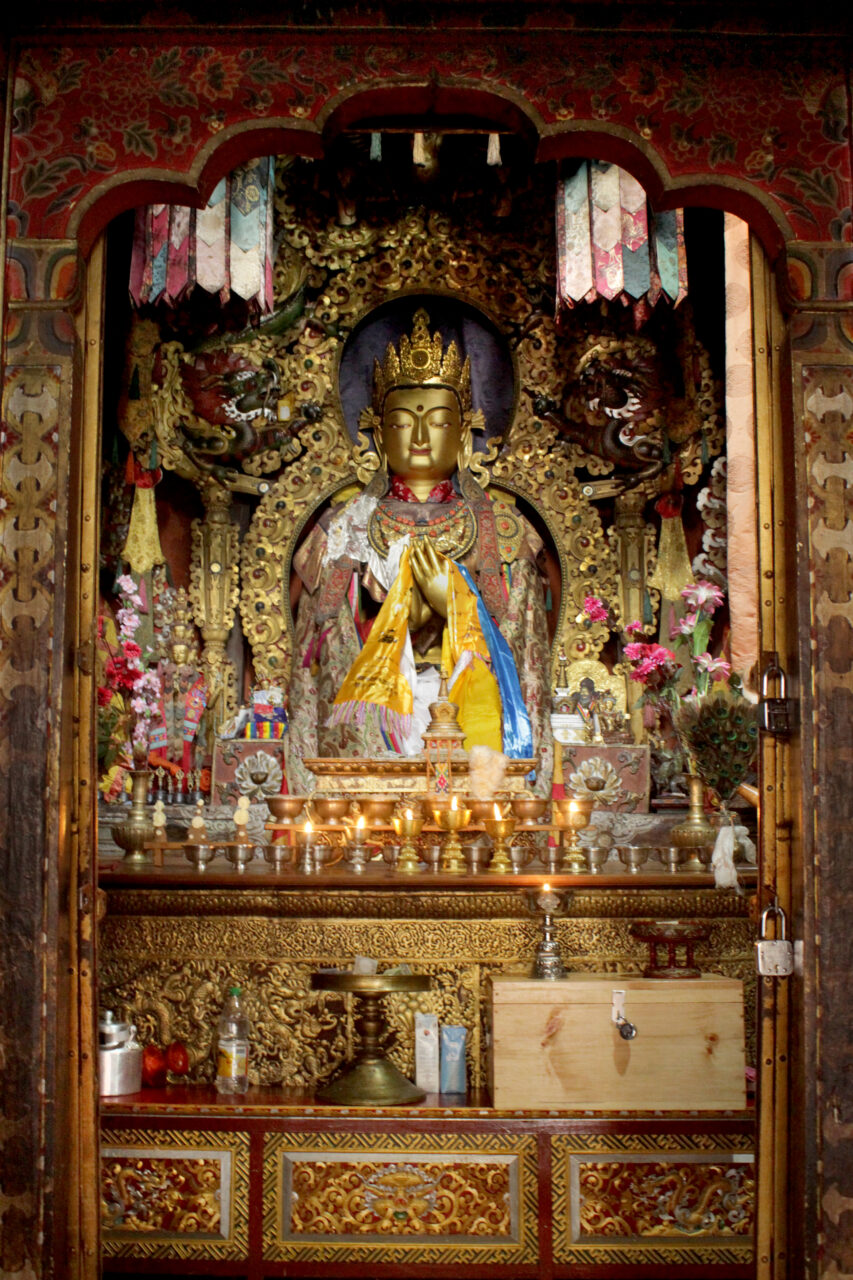Hand-Woven Treasures—Symbols of Prestige and Prosperity
Due to Bhutan’s remote mountainous location with its natural borders, a deliberate foreign policy, and the basic principles of Buddhist ethics, the Himalayan kingdom has been able to preserve a remarkable textile art, which is both a symbol of national identity and evidence of the regional diversity within the country.
Textiles are present in all aspects of Bhutanese life and have always functioned as indicators of prestige and prosperity. Cloth circulated as currency in society, and hand-woven fabrics were presented as gifts to neighboring states and for state distributions to officials and monasteries, or to pay family and community taxes to the monastic fortress (dzong), the district’s seat of secular and religious power.
To this day, hand-woven textiles are present on an everyday basis in the form of garments, bags, and covers, and although they no longer function as taxes and currency, they still play an important part in the local economy as commercial wares, prestige items, and gifts for marking important events in the course of a life.
Arranging cloth gifts requires a precise knowledge of etiquette, particularly with regard to gifts to members of the royal family or other high-ranking persons (figs. 6 and 7). For instance, if the set includes a fabric made with supplementary-warp patterns (aikapur), attention should be focused on the bands of supplementary-warp patterns, which are distinguished by the number of “legs” (kang/be), cross-hatched bars that run at right angles between the individual patterns (fig. 8). The legs always occur as odd numbers, which are considered auspicious in the Buddhist context. The more legs a supplementary-warp pattern band presents, the greater its value, as wider patterns are more complicated to weave. Consequently, a person of higher rank is presented with an aikapur with a significant number of legs.




